It’s the northernmost capital in the world, a city with 65% of the country’s population, and the cleanest city on the planet where policemen carry no arms… You can learn lots of other curious facts about Reykjavik, whose name means “Smoke Cove” from Icelandic. Your discovery of amazingly beautiful and remote Iceland most likely starts with Reykjavik. Take time to get ready for this trip because you’ll have a fascinating journey to the land of volcanoes, geysers and glaciers. I would add that we fell in love with Iceland immediately, after the very first hour spent there.
So, you’ve just landed at Keflavik, Iceland’s international airport which is 50 km away from the capital city of Reykjavik. The first thing in Icelandic landscapes that would probably surprise you most is the absolute lack of trees. No trees at all. But you’ll quickly get used to this feature of Iceland’s nature. Depending on the season you visit this country, you may experience midnight sun all the time in summer or endless nights in winter. We’ve stayed in Iceland in May for almost 2 weeks and had never seen nights.
All tourist info – from big boards at the airport to leaflets around Reykjavik –promotes their most-visited attraction – geothermal spa Blue Lagoon. Nevertheless, we decided not to go there. The first reason is lots of people sitting in the pool at a time. Another reason is quite expensive entrance fee, EUR 40 per person. Finally, we would like to visit more authentic hot springs and knew we would certainly find them traveling around Iceland.
Reykjavik is the most populous city, the heart and the soul of Iceland. The first thing that catches your eye is the pace of the most densely populated city in the country. Reykjavik is a place where you can enjoy serenity and tranquillity without the hustle and bustle of the large city. Sidewalks are almost empty, and you meet nobody in city parks during working hours. The streets are free from dense flows of people and vehicles we’re used to see in large cities. According to the recent statistics, the capital’s population was 119,000 in 2012.
The capital lives its laid-back life. But despite such a lifestyle, everything keeps their proper hours. Government institutions are open until 05.00 p.m. on weekdays and are closed on weekends. So if you would like to exchange some money, do so in the Keflavik Airport or mind opening hours of local banks. By the way, Iceland krona (ISK) is the only currency used there. Although Iceland is an EU member state, euro is not accepted for payment.
Tjörnin
Tjörnin, a pretty lake with swans and ducks, is in the centre of Reykjavik. There was one thing that impressed us deeply – quite fresh bread lied on a fence so everybody could feed lake inhabitants. We don’t know where this bread came from, but it is probably “yesterday” or “morning” products no longer suitable for sale from local bakeries. In Ukraine, such rolls would live on store shelves at least 4 days waiting for their consumer. Wherever you start your walk in Reykjavik you will eventually find yourself near the lake. You can also continue observing the lake and its inhabitants from online cameras.
When you stroll along Reykjavik’s streets, don’t ignore its uncommon architecture. There, as in other cities and towns of Iceland, you will hardly find high-risers. All the houses are built in a similar style and vary by the colour of their roofs. At the same time, the effect of winds and sea salt is striking – external faces of almost all houses are much cracked due to adverse weather conditions and proximity to the sea.
We were also impressed by local cars – almost everybody there goes on a large SUV with huge wheels. Although the Iceland’s climate is softened by the North Atlantic current, severe snowstorms are quite common in winter. In addition, a good car is an absolute must-have when you head to mountains or volcanoes.
Reykjavik is good for walking, and a car is needless there. So wear your most comfortable shoes, grab your camera and admire the city’s beauties. You can safely give out 3 or 4 days to explore the capital of Iceland because there are many attractions to see.
Main Church
Start your walk around the city with the most important sight and the highest point in Reykjavik – Hallgrímskirkja, the church seen from any part of the city. It is a Lutheran church named after the Icelandic poet. There is a scenic view point on the top of the church that is 75 m high where you can see the entire city. Besides, the church houses the largest pipe organ in Iceland. It weighs more than 25 tonnes. The church did not open its massive doors before us because its opening hours, similar to banks, are quite limited, so we had to settle for a view outside.
The statue of Viking Leifur Errikson, also known as “Happy Leif” is in front of Hallgrímskirkja. This monument was a gift of the United States to the Icelandic people in 1930 in honour of the millennial anniversary of the Icelandic Parliament. Icelanders believe that he had been the first who set foot on the land of the North America, long before Christopher Columbus. The monument matches perfectly well with the Church in an amazing ensemble of Icelandic architecture.
Port
Reykjavik has a very large port (Port of Reykjavik) which can house up to 40 absolutely different vessels at a time: from large cargo vessels, ships and small boats, to vessels arrived for repairs and even coastal patrol ships. The port has a rectangular harbour with a very advantageous location at the intersection of maritime trade routes. Iceland doesn’t have its own fleet at all because of small population and is the only NATO member state which doesn’t have its regular armed forces.
Museums
However, despite the tiny size of Reykjavik, you’ll be amazed at the number of museums found simply at every corner. We visited just a few of them. The first was the National Museum of Iceland which houses everything you would like to know about this small harsh country. There is a collection of amazing artefacts dating back to first settlements on this territory and items of modern history. This will help you better understand the history of Iceland. You will see figures of the ancient Vikings, their arms and homes. With multimedia applications you will literally dive into the ancient era and feel the spirit of that time. Among the rare exhibits is Bible in Icelandic which dates back to 1584 and the ancient statue of Thor.
Vikin Maritime Museum was the next point on our itinerary. The museum is completely dedicated to shipping and presents the detailed history of this difficult art. You will also feel the weather conditions under which the first Icelandic seamen had to set the sails to harsh waters of the Atlantic Ocean. The museum houses model ships, real sailboats, and a model wooden pier with a part of Icelandic ship called Gullfoss. You can climb on her deck and wave goodbye to wax figures of people coming to watch the ship leaving in her long voyage. But everything you’ve seen in the museum could hardly be compared with your visit to Odinn, a coast guard vessel moored to a specially built pier next to the Museum. The vessel was built in 1959 in Denmark and has a specially reinforced hull for navigation in ice. This legendary vessel has a great history – more than 200 vessels were salvaged after shipwrecks. Moreover, Odinn was one of seven patrol ships that participated in the Cod Wars, where the small Icelandic fleet had to stand against British ships. You can explore all compartments of the ship during the tour and can even stand abaft the wheel and go out on the deck.
One of the most surprising museums we’ve visited in Reykjavik was the Penis Museum also known as the Phallological Museum. It exhibits those parts of mammalians’ bodies you’re not expected to talk aloud. You’ll see a great collection of penises: from the smallest to the giant ones. For example, to study hamster’s penis, which is 2 mm long, you will need a magnifying glass, while a blue whale, a lucky owner of the largest phallus in the animal world, may be very proud of such a global record – it is 170 cm long and it weighs 70 kg. It’s only a part of the story! The museum also has lots of design elements made of this part of the body. The exhibition however goes far beyond the animal world and has artefacts of human origin. One man decided to perpetuate himself and bequeathed his genital organ after his death so everybody could see it. Another notable exhibit was a valuable contribution from the national handball team – the team proved that they could do everything for their fans, took a cast of their penises in their hardest state and have the casts exhibited to the public. As for me, this is quite a non-standard way of presenting the national team. No doubt, this museum is a unique cabinet of wonders.
Sun Voyager
Walking along the promenade, you will approach to an unusual monument known as Sun Voyager. Though it resembles a Viking boat, the author’s idea was absolutely different. It is a kind of symbol of Reykjavik. It tells us of discovering new unknown lands, hoping for new life and having dreams that will come true one day. The idea is quite symbolic, especially given the fact that the artist, Icelandic architect Jón Gunnar Árnason, has died from leukaemia in 1989, just a year before the monument was unveiled. The sculpture is 4 meters long and 3 m high and is made of stainless steel. Climb on it and imagine yourself a famous discoverer or just sit and enjoy the beautiful scenery opened before your eyes.
There is one thing I would like to warn you before you travel: walking around Reykjavik can be very dangerous. You risk losing the inner sense of time and being simply lost in this calm and quiet city. The only thing which makes you sober and brings you back to reality is absolutely inhumane prices in Iceland. This sad fact and air return tickets in our pockets made us to leave this amazingly cosy city with a proud name Reykjavik.

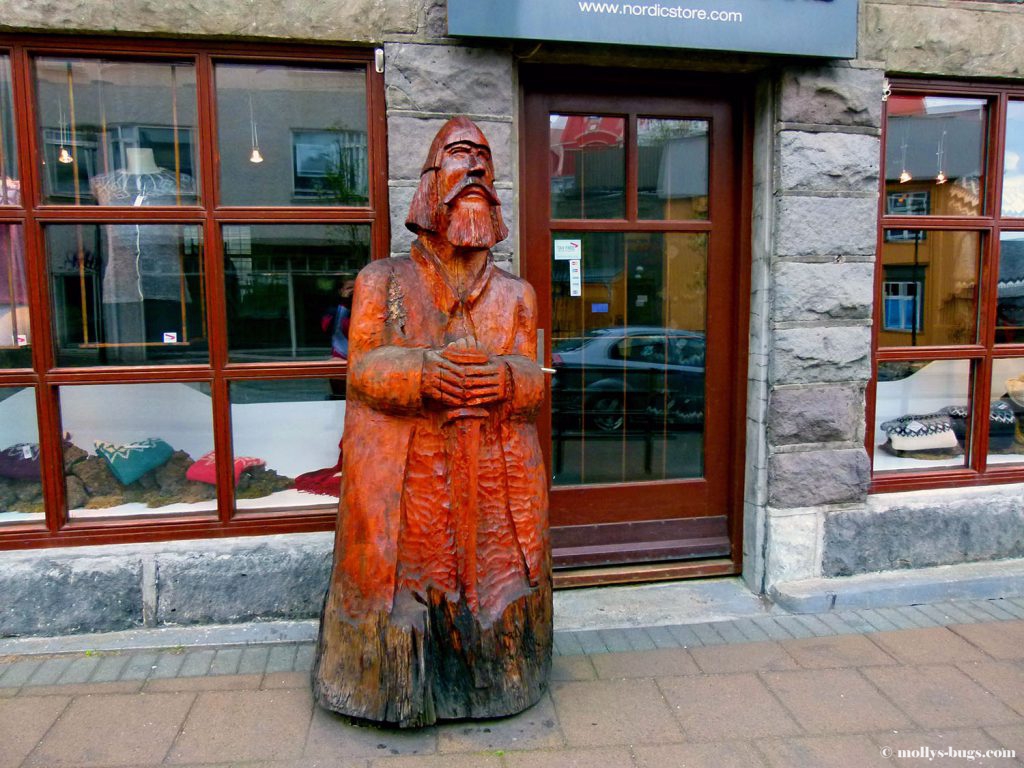

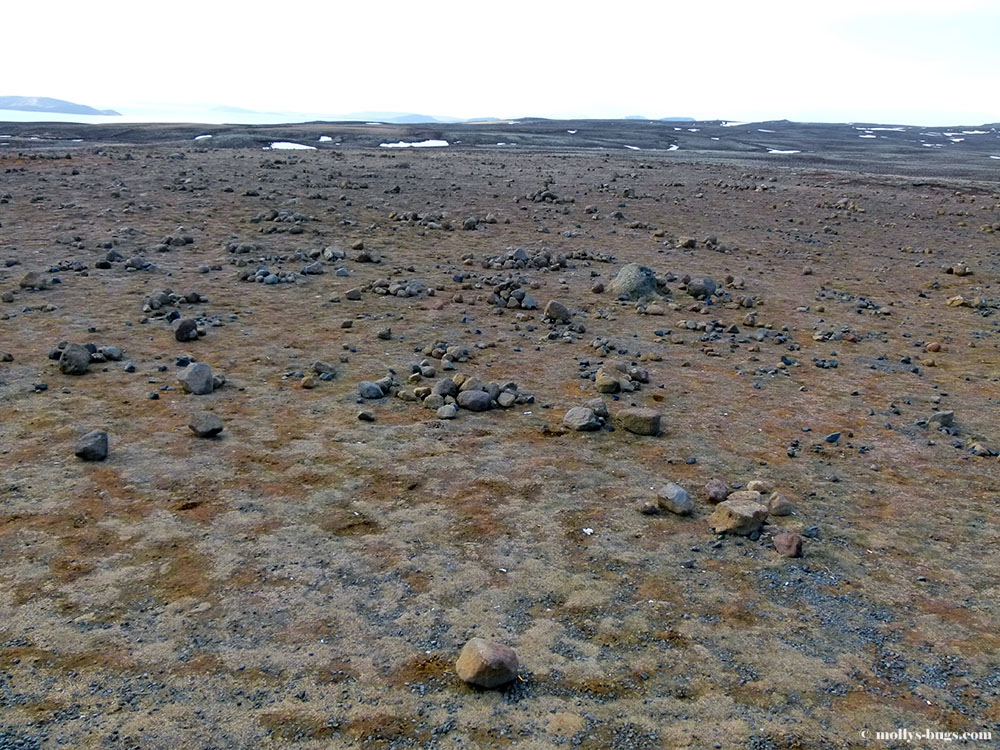
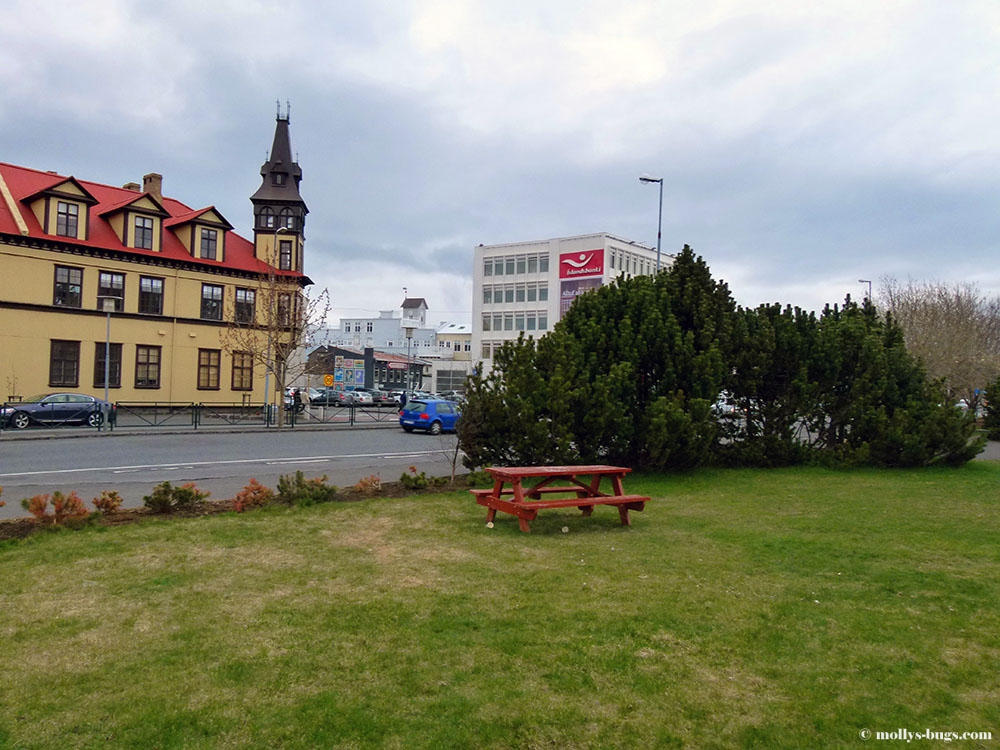
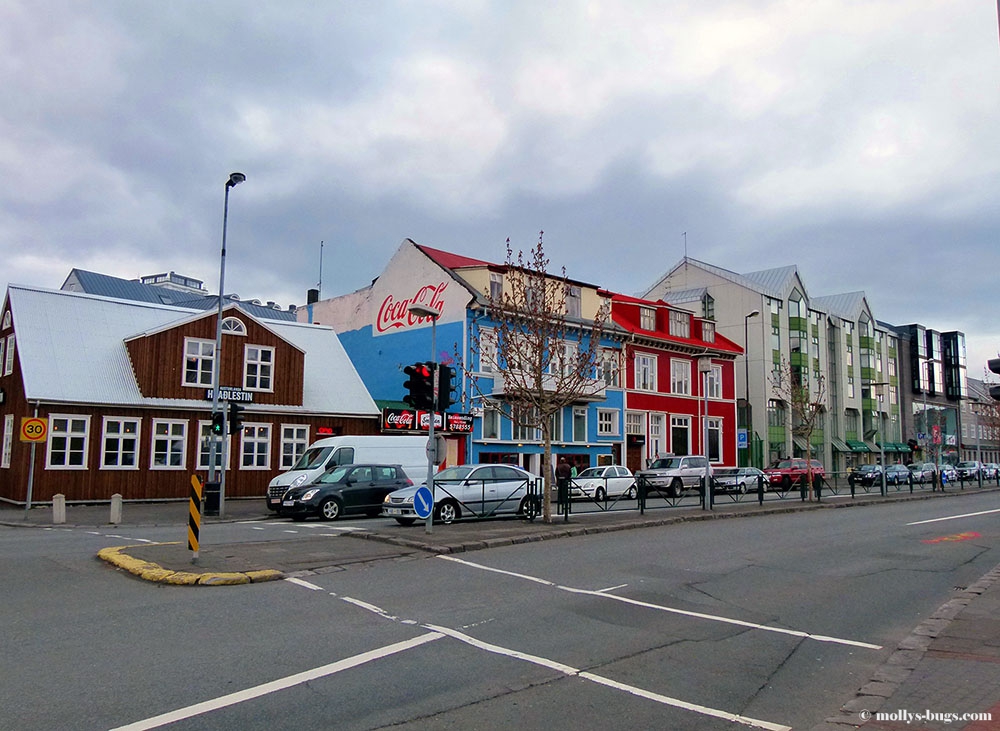
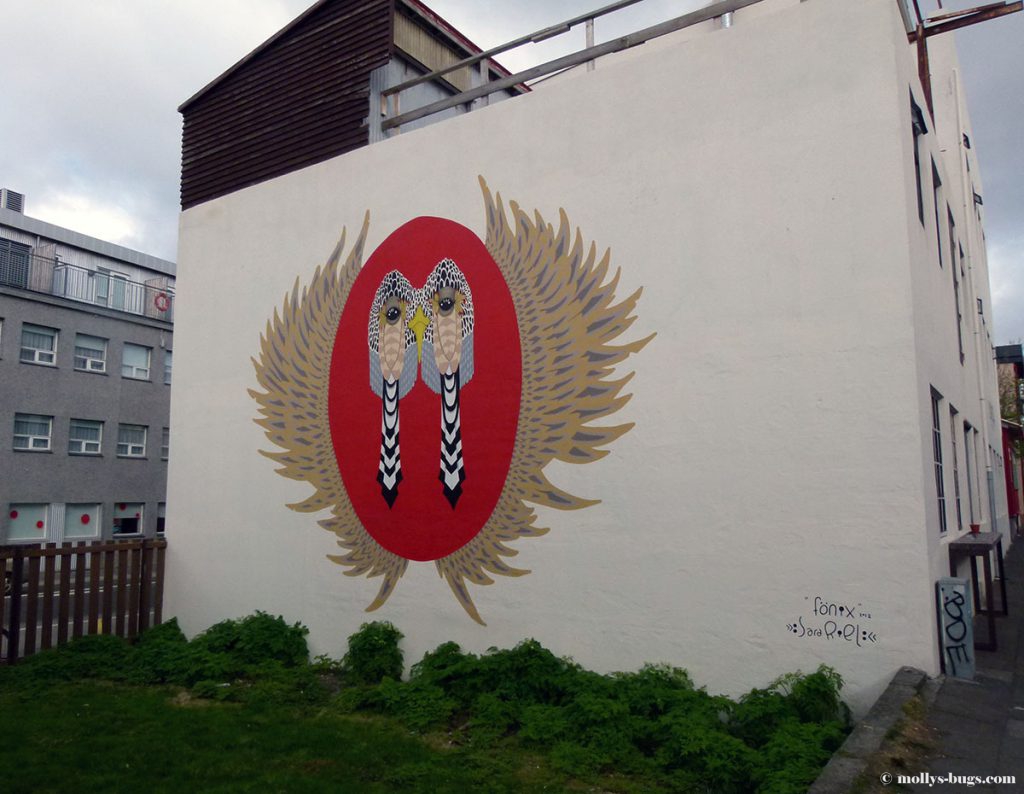
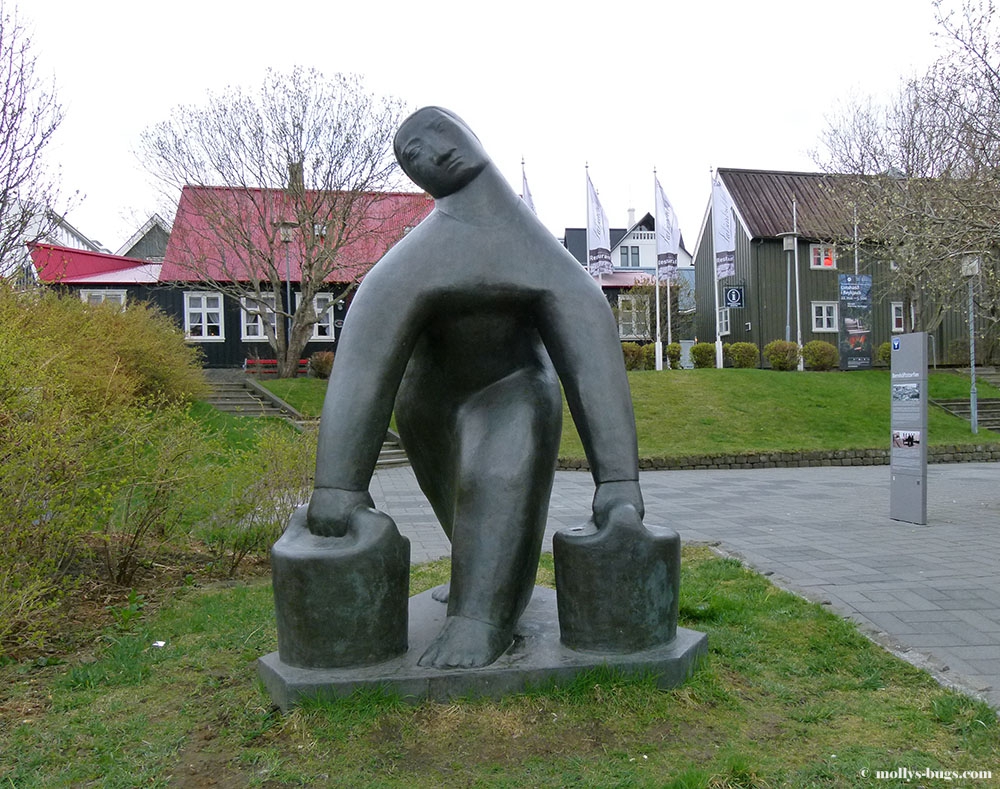
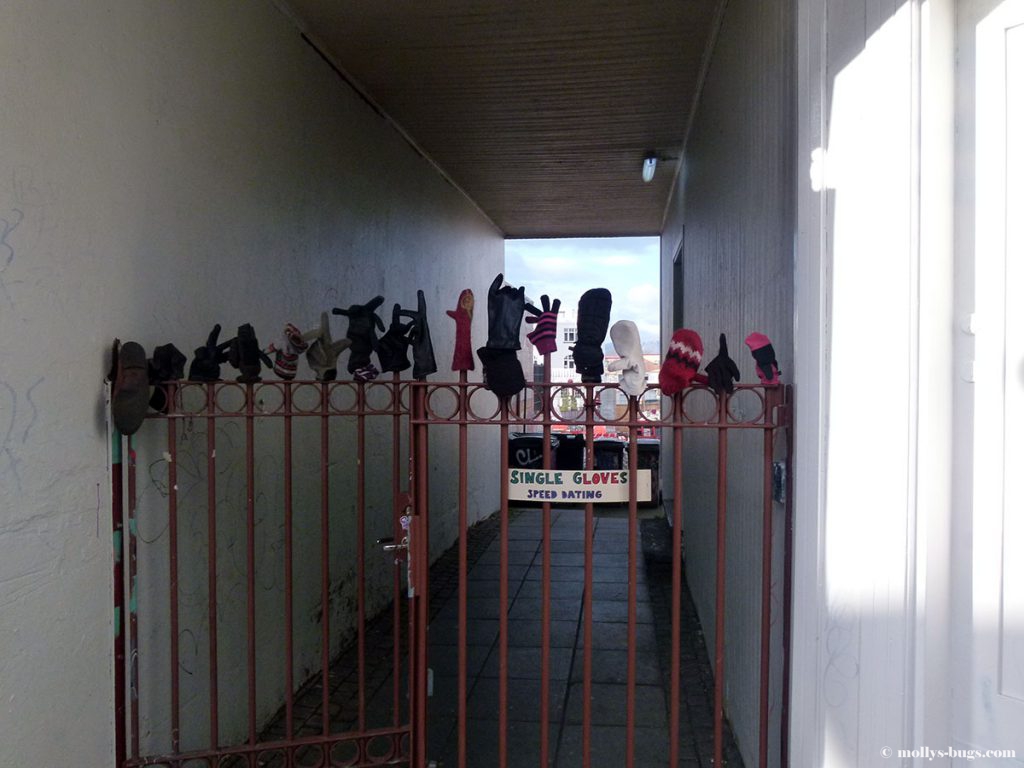
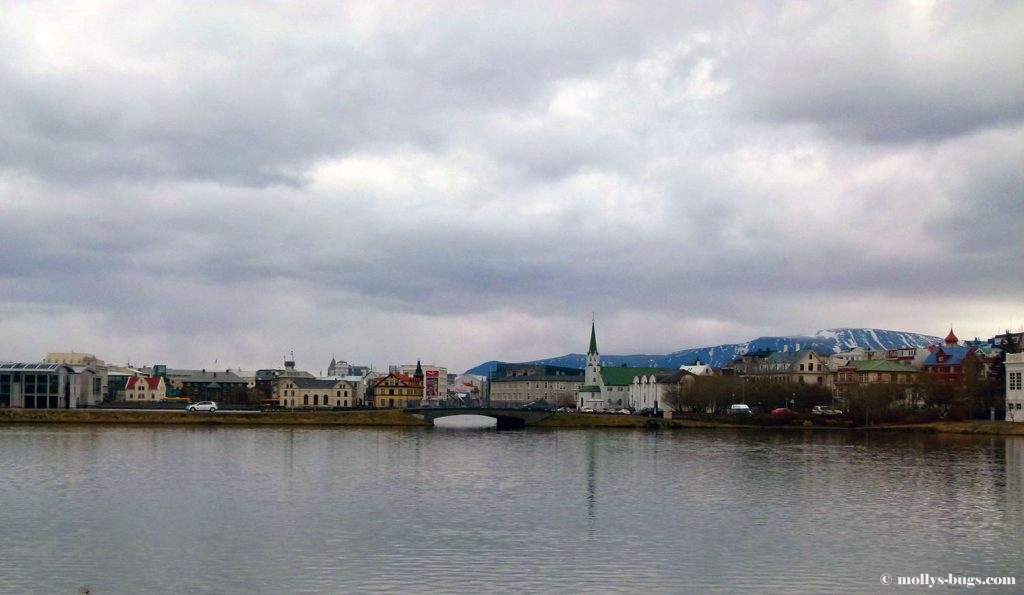
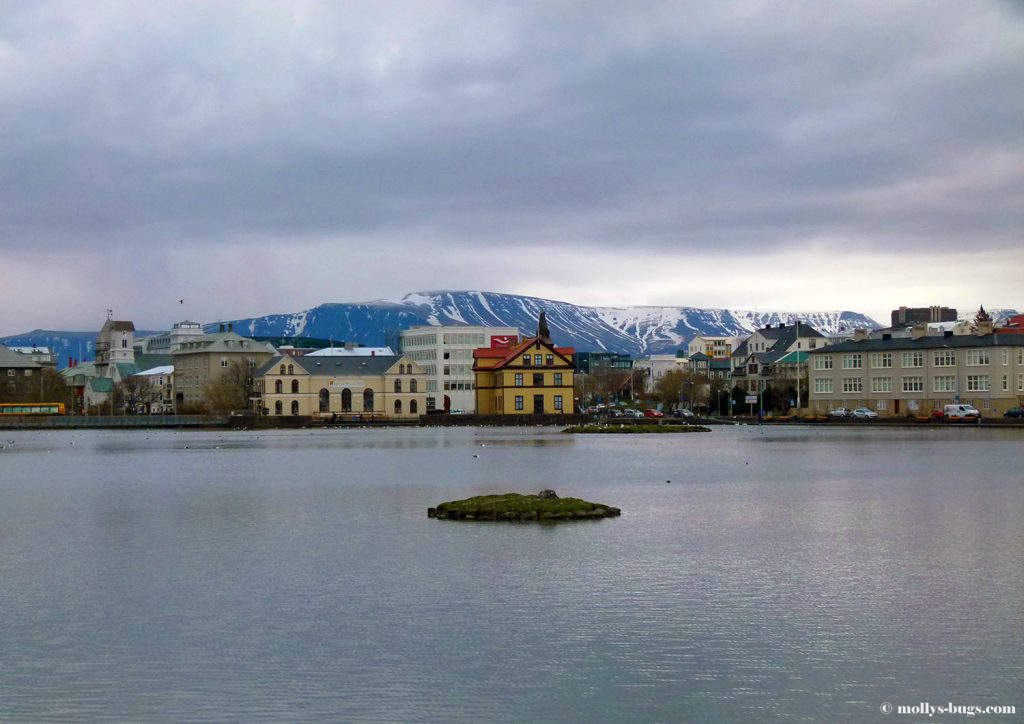
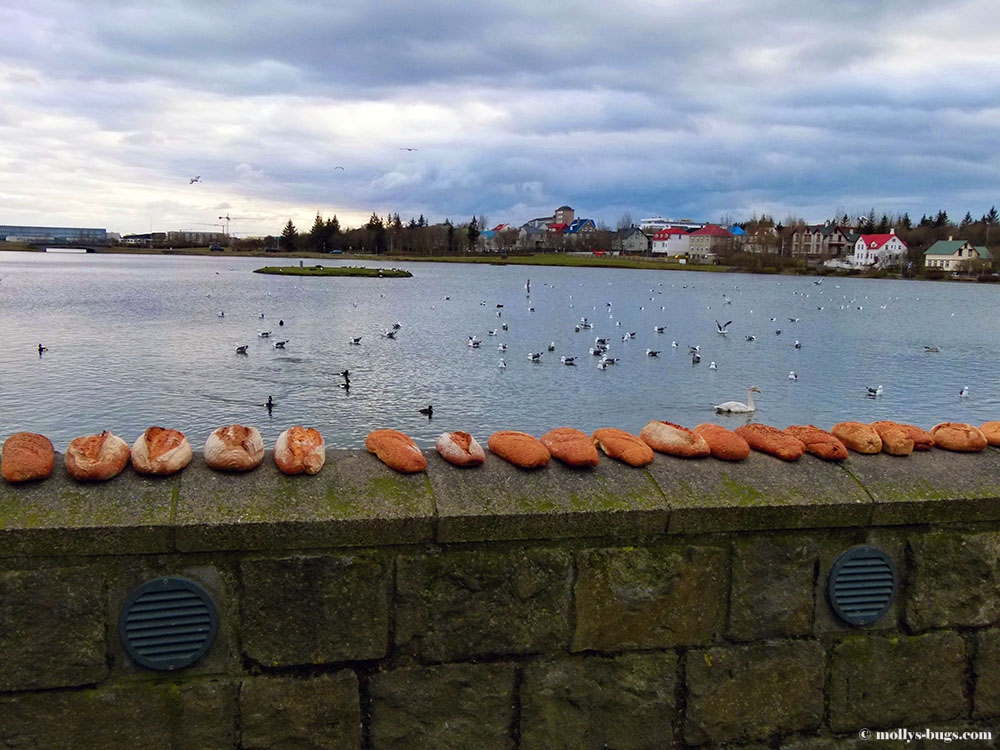
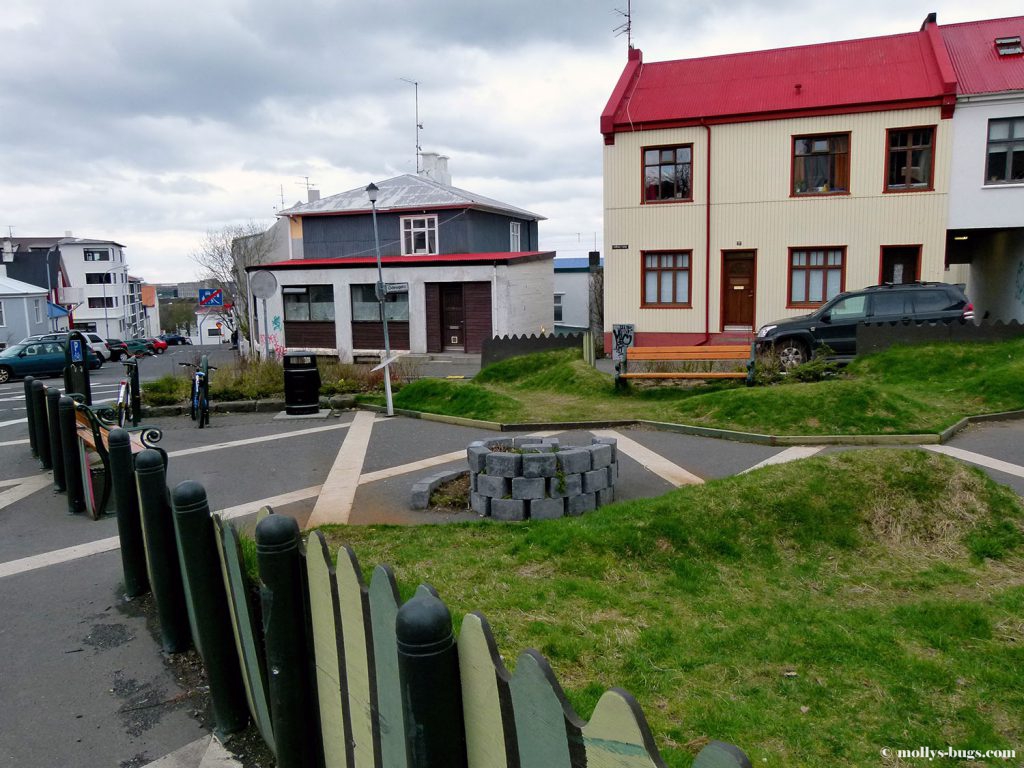
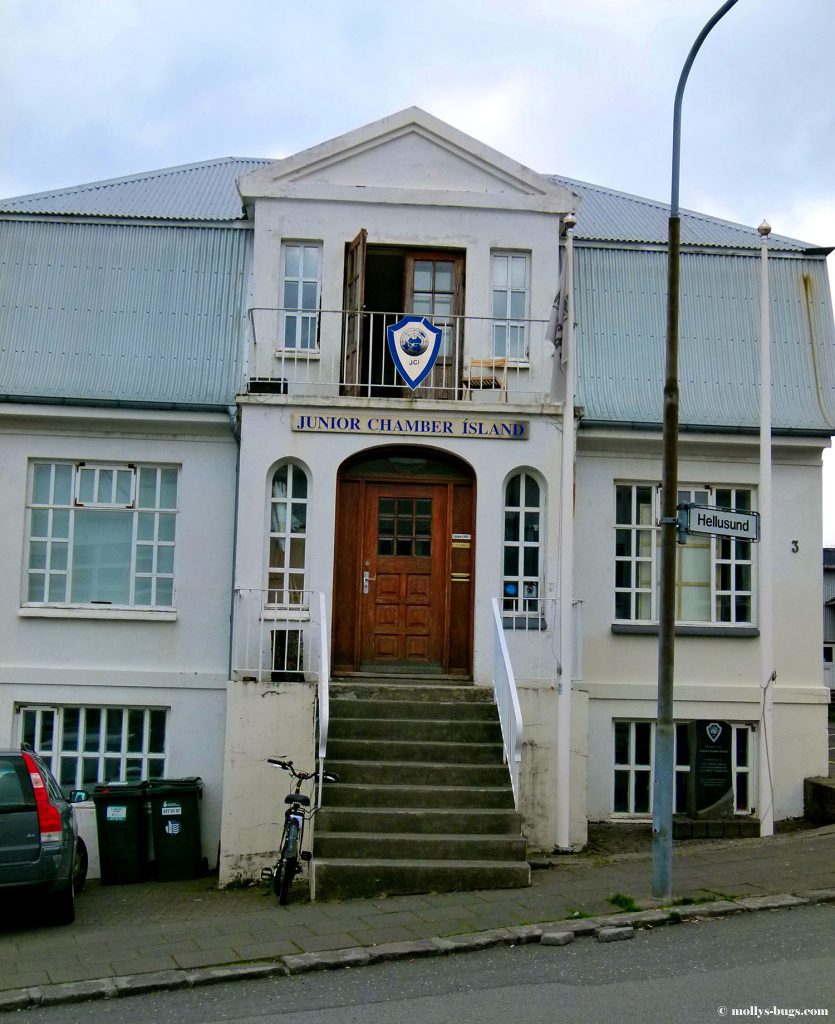
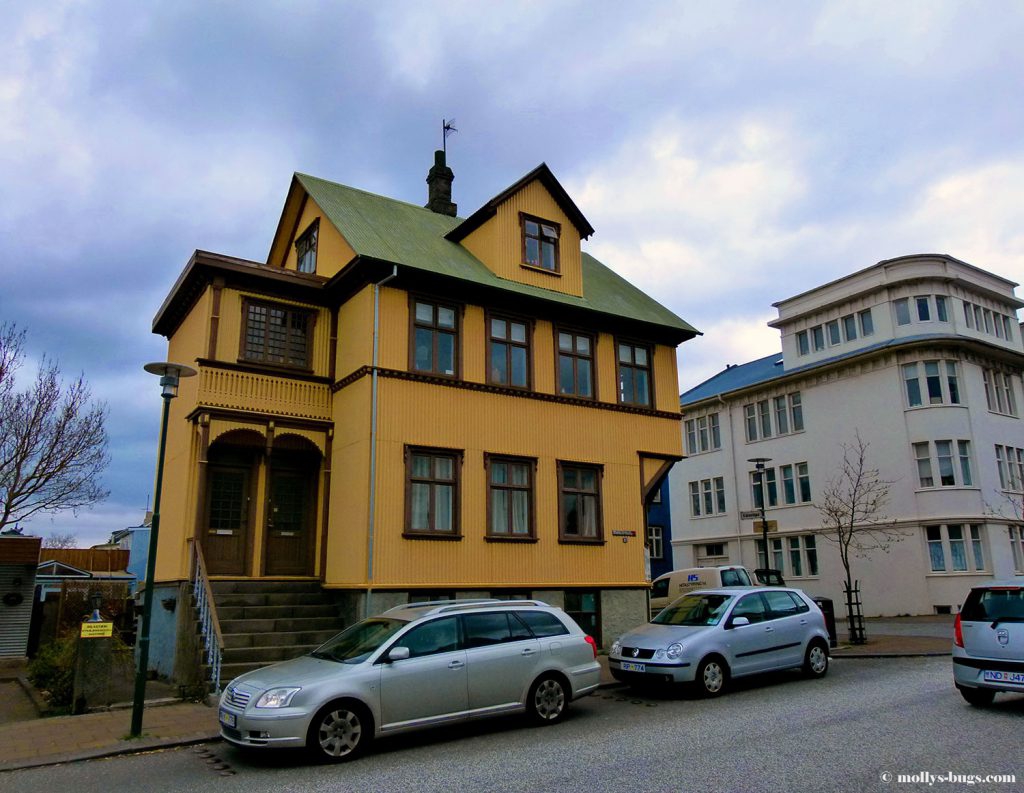
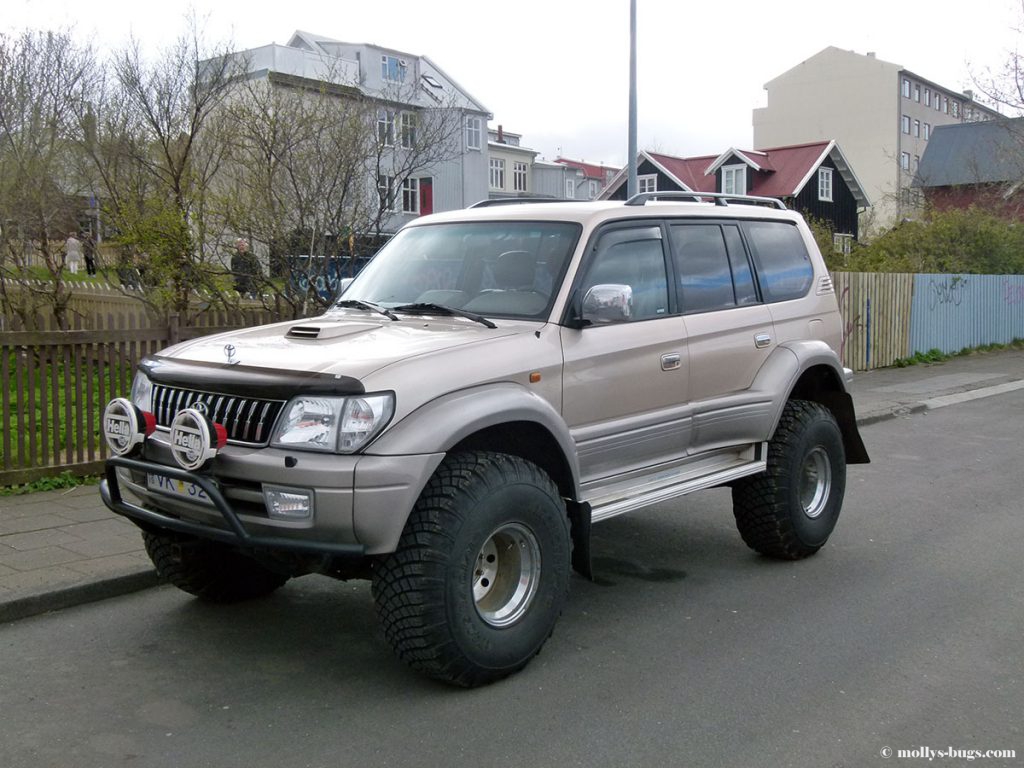
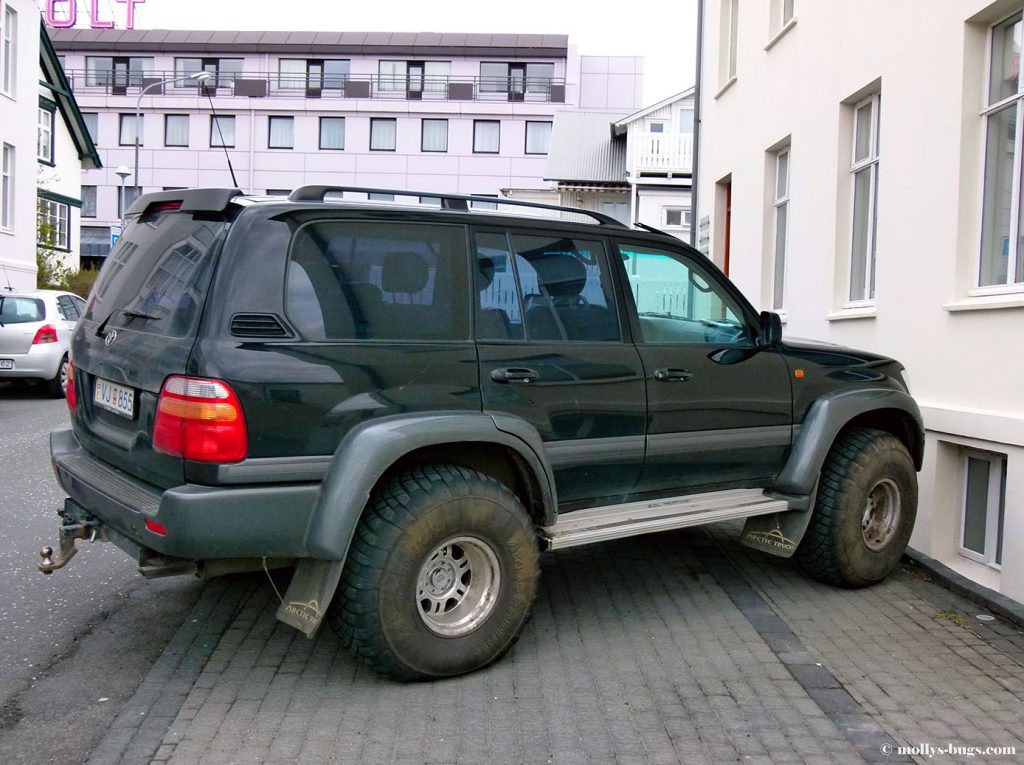
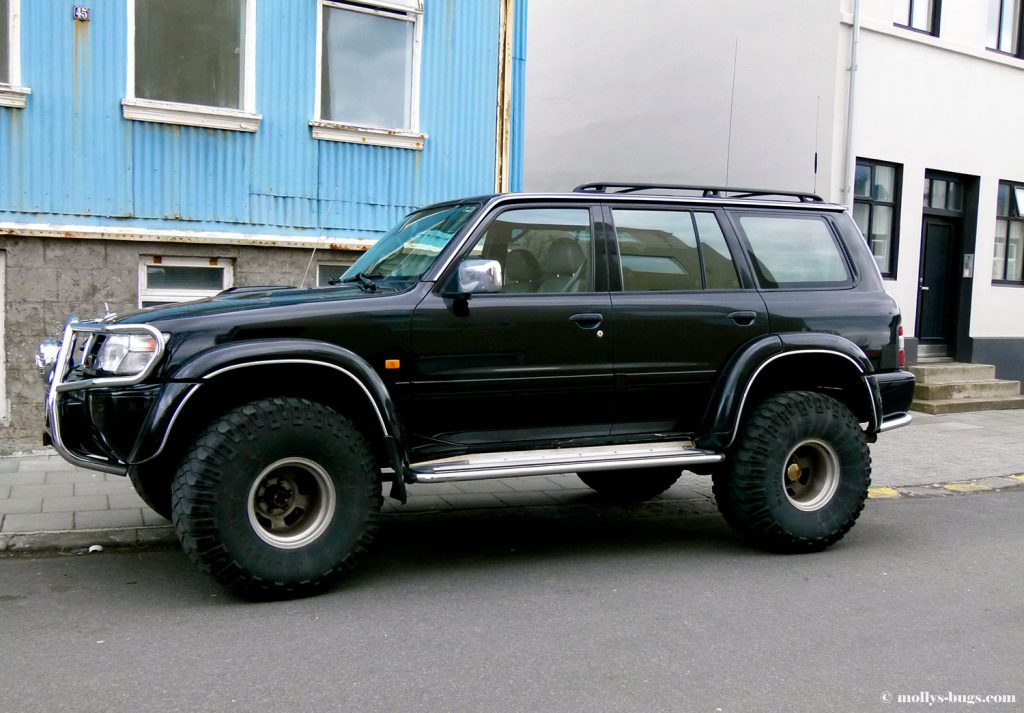

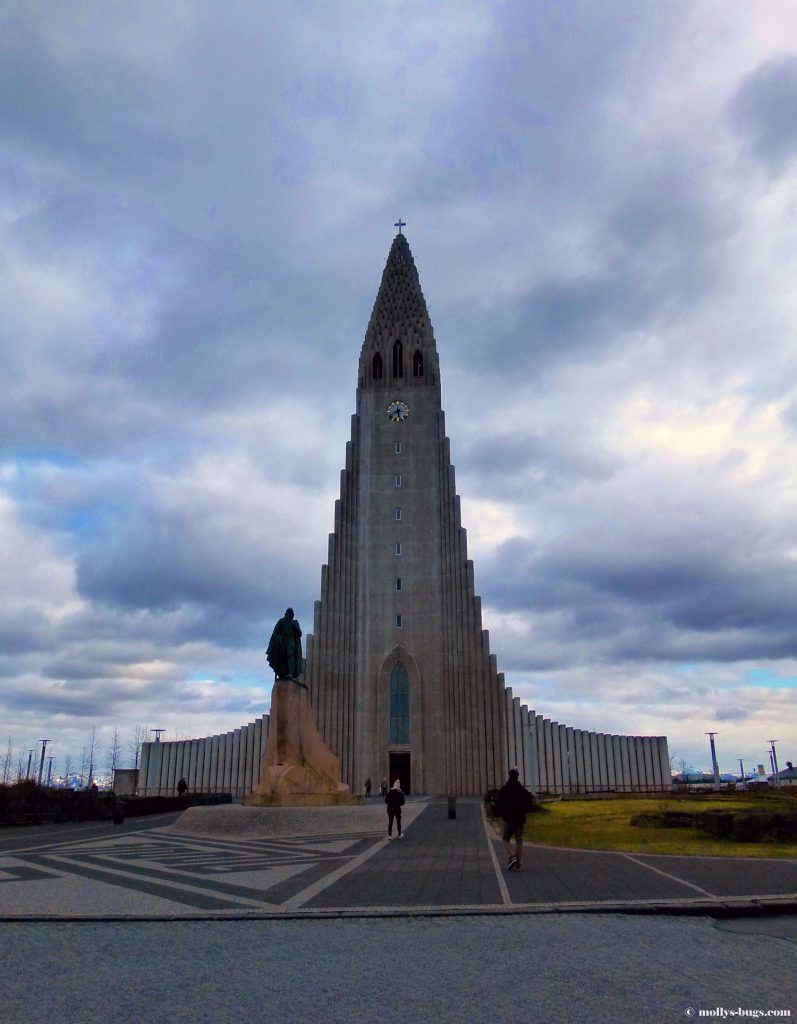
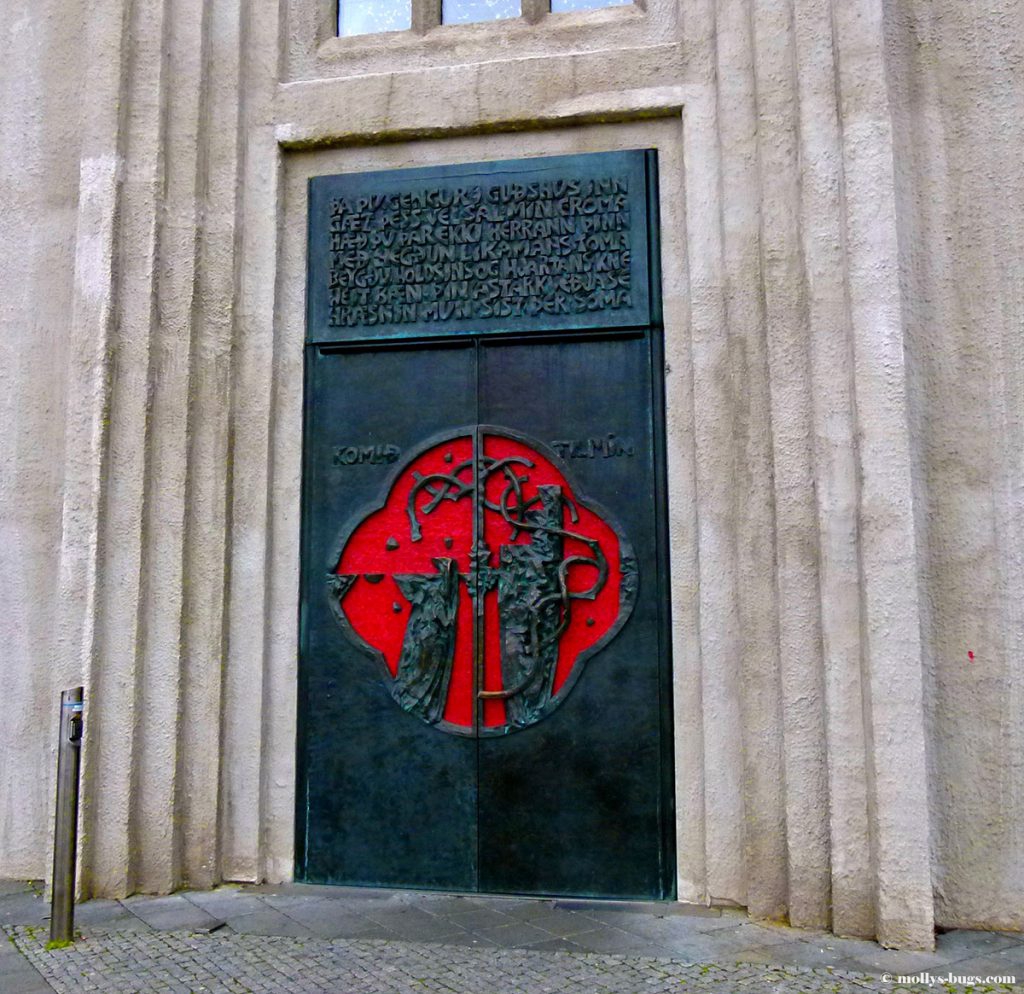
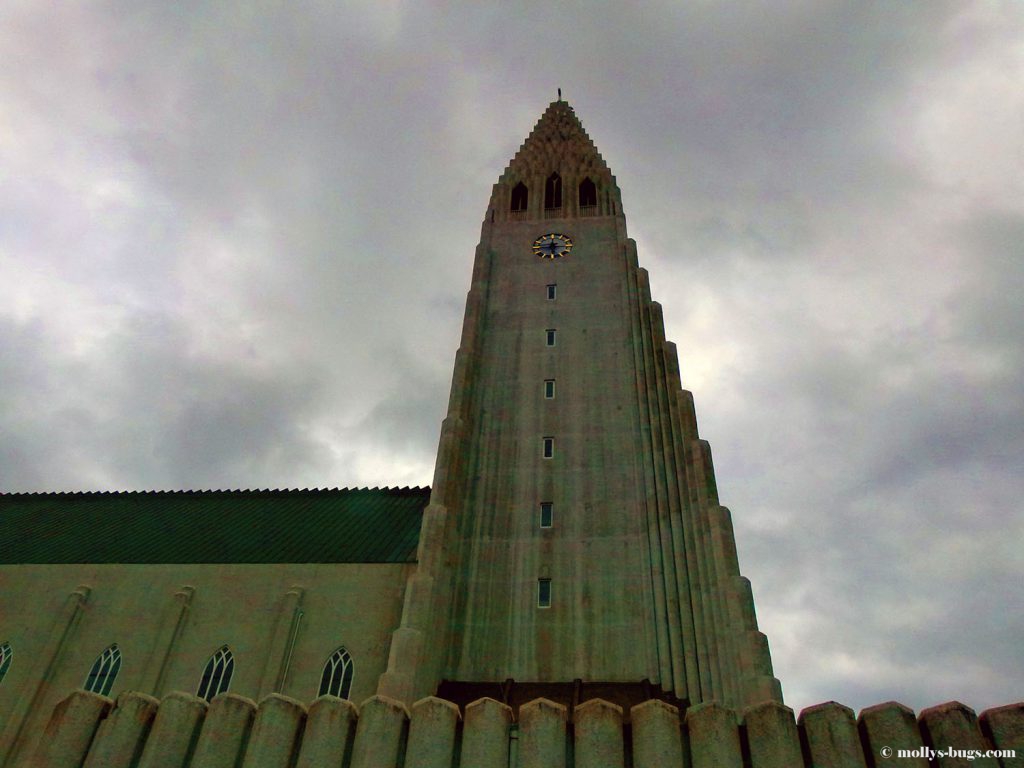
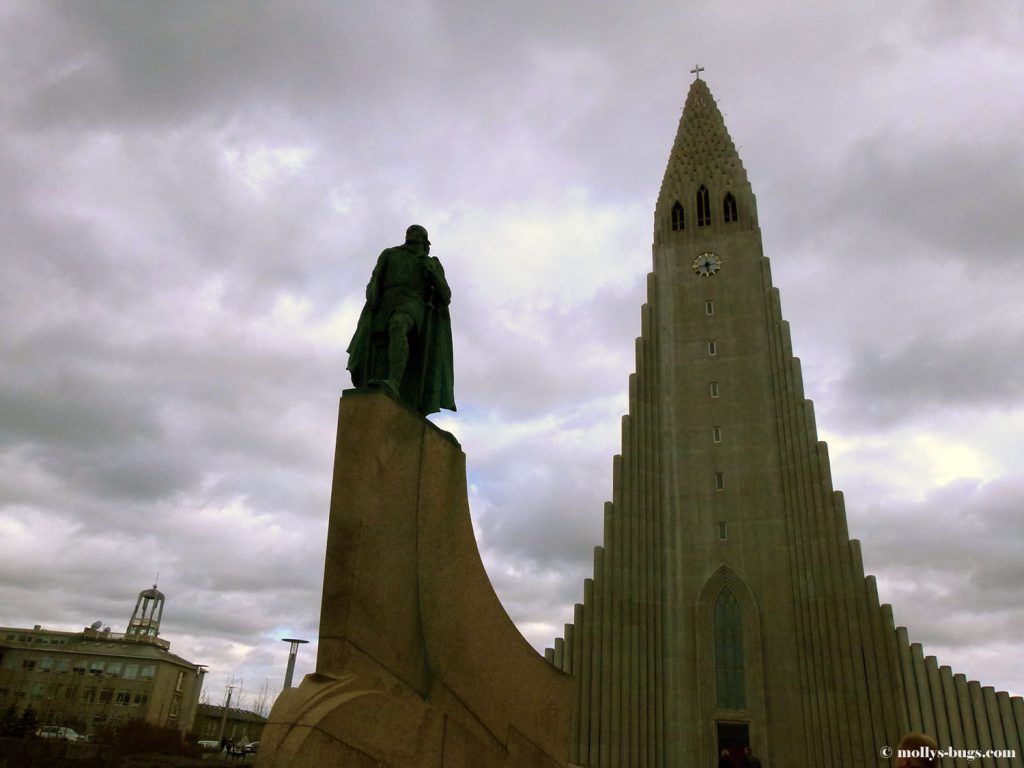
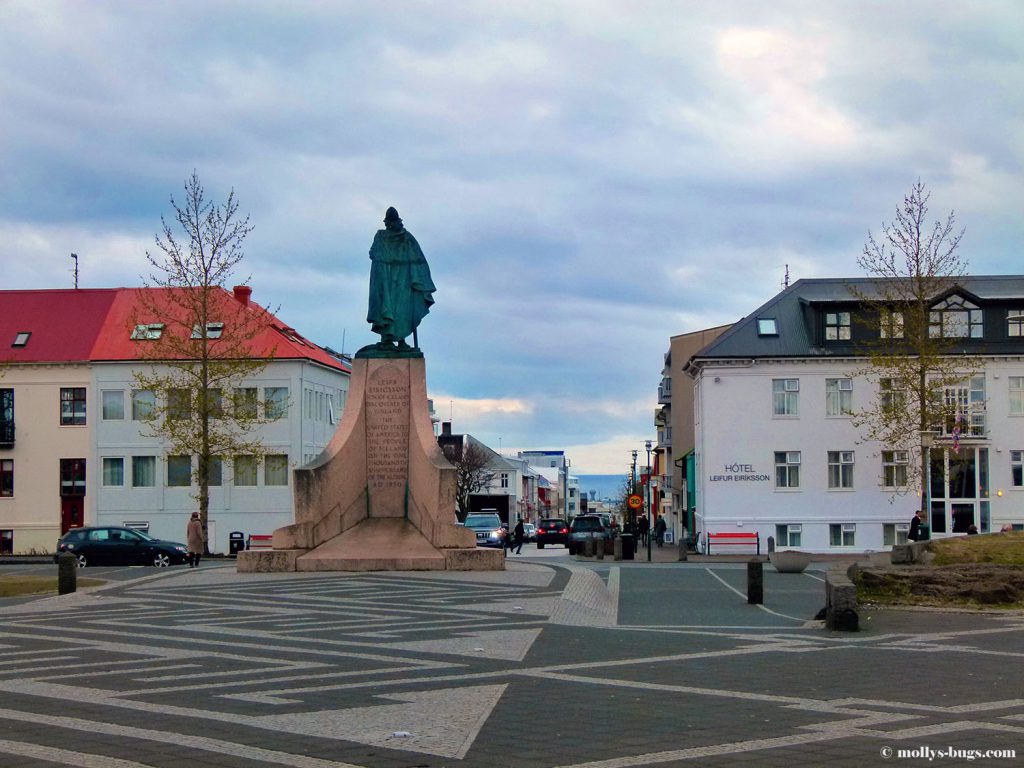
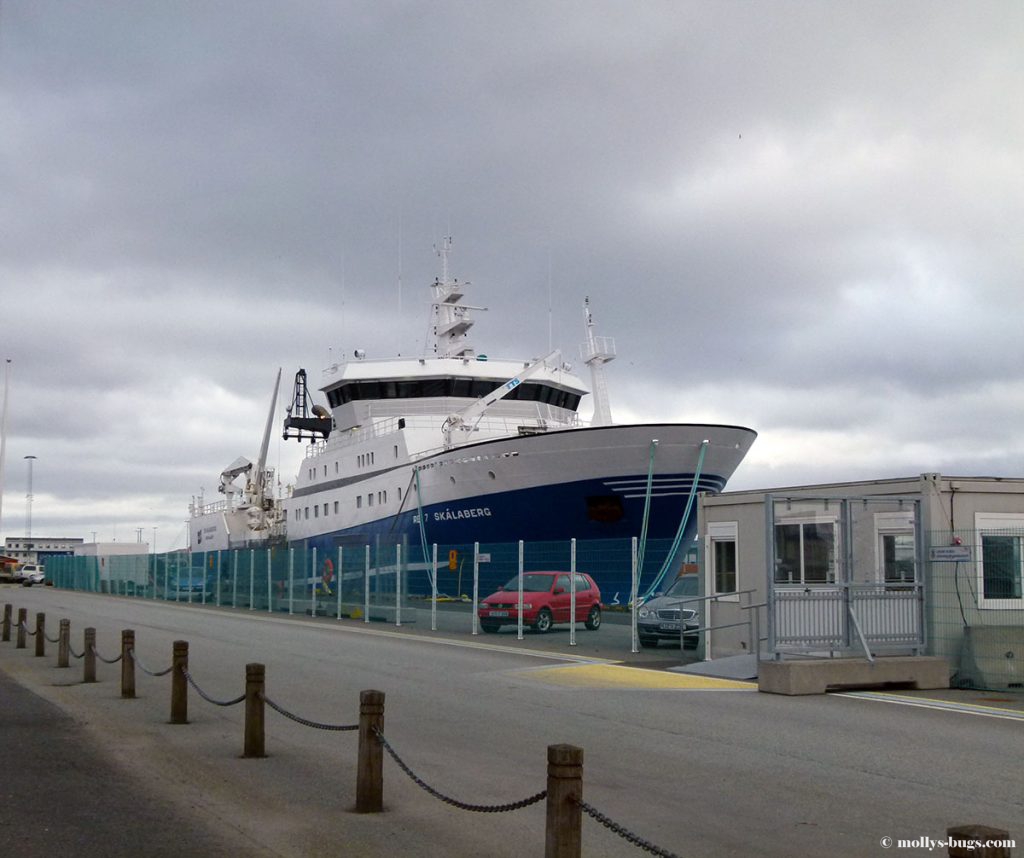
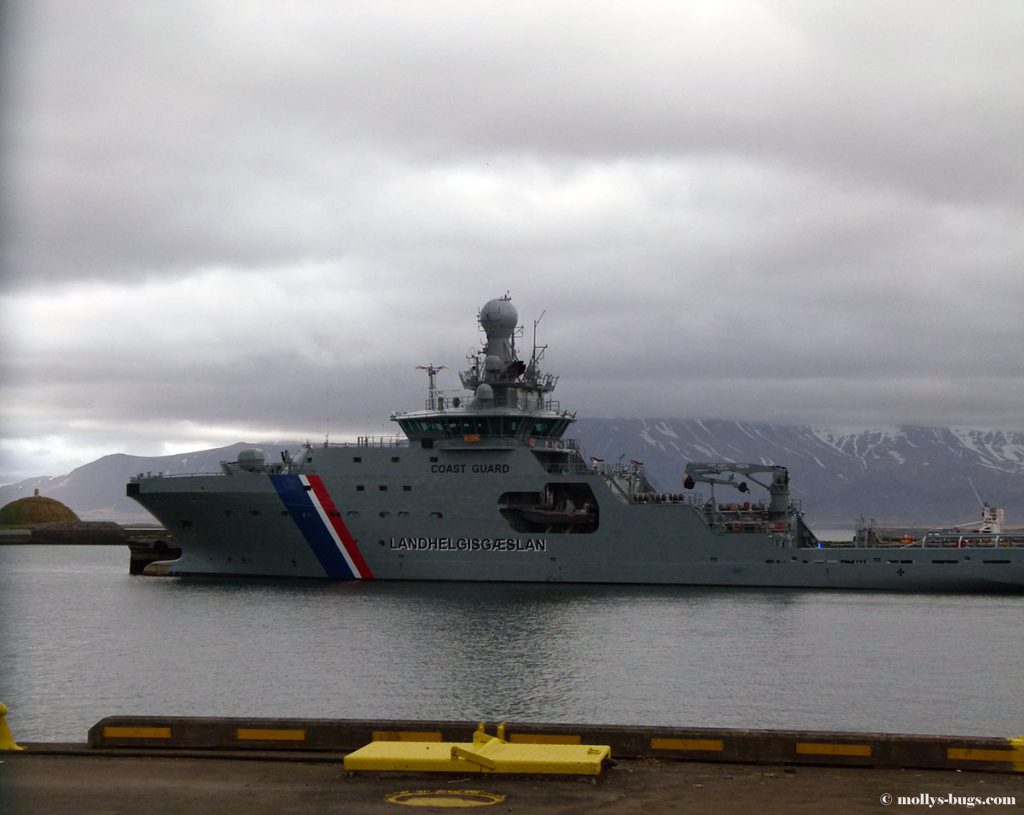
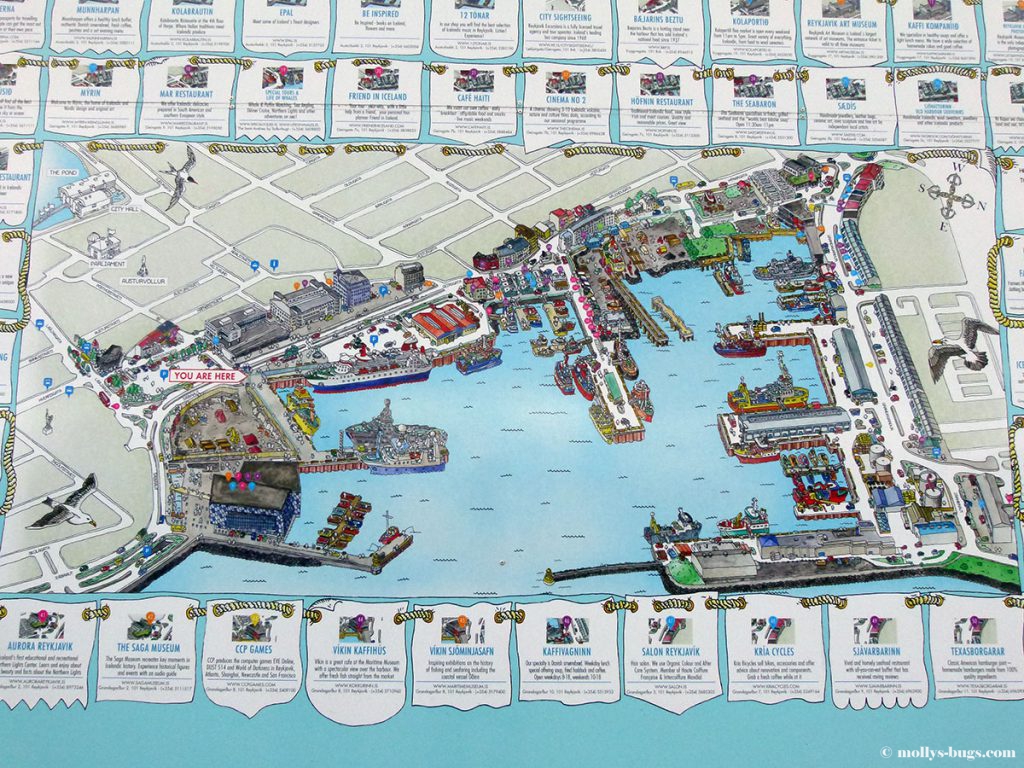
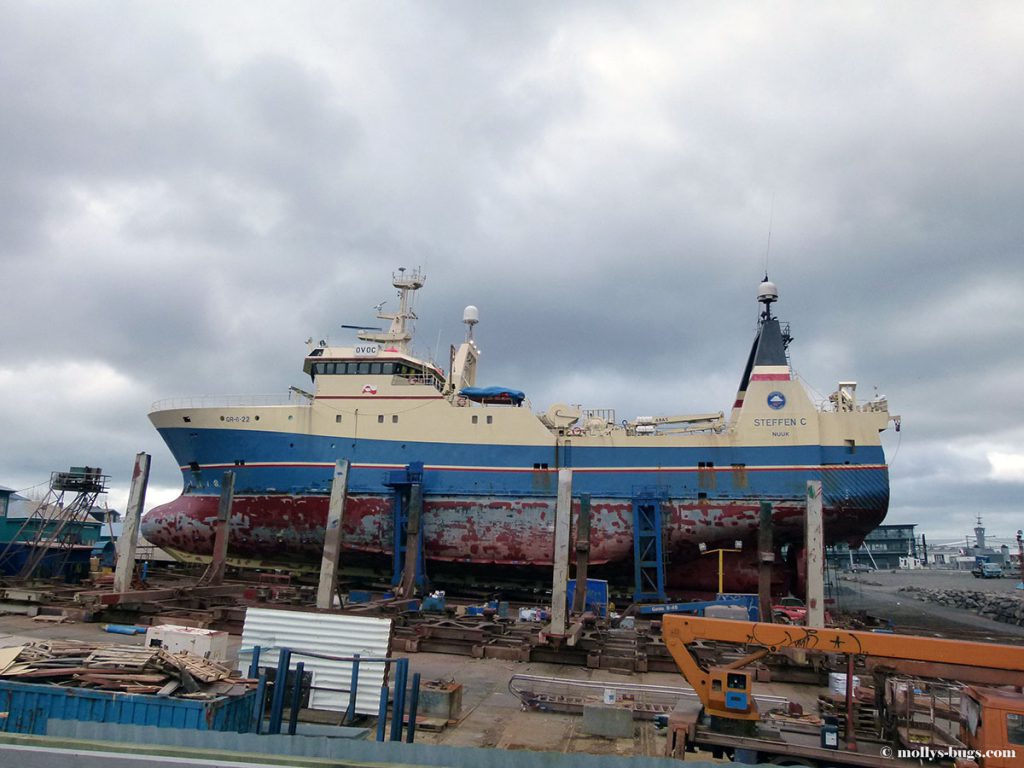
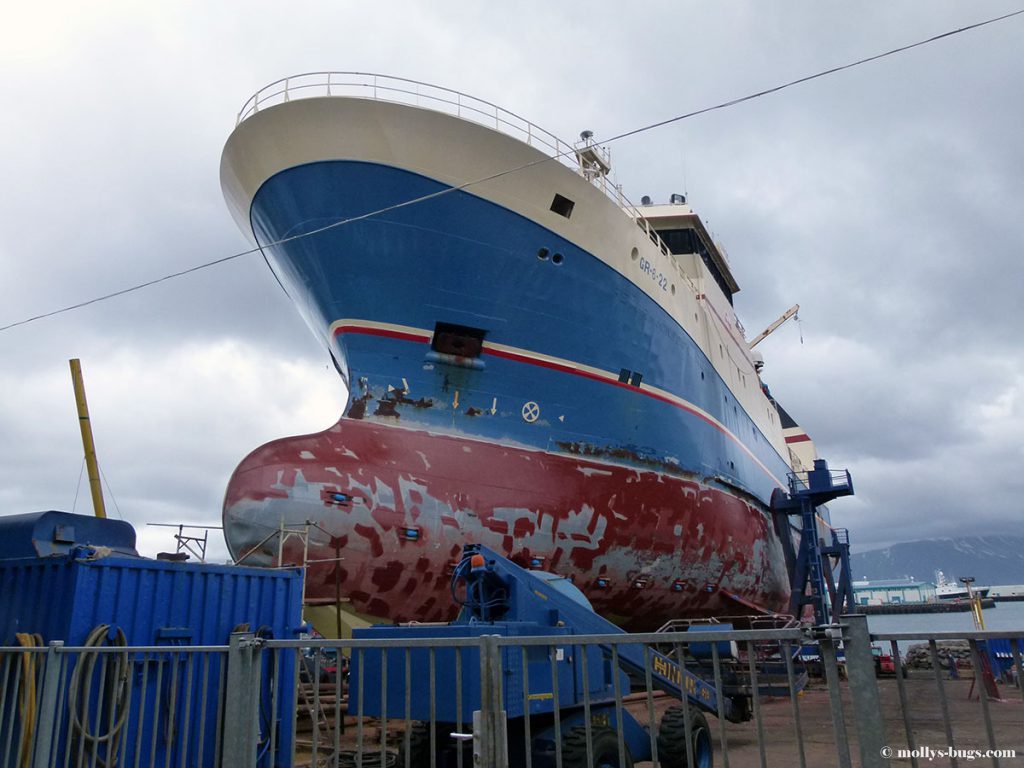
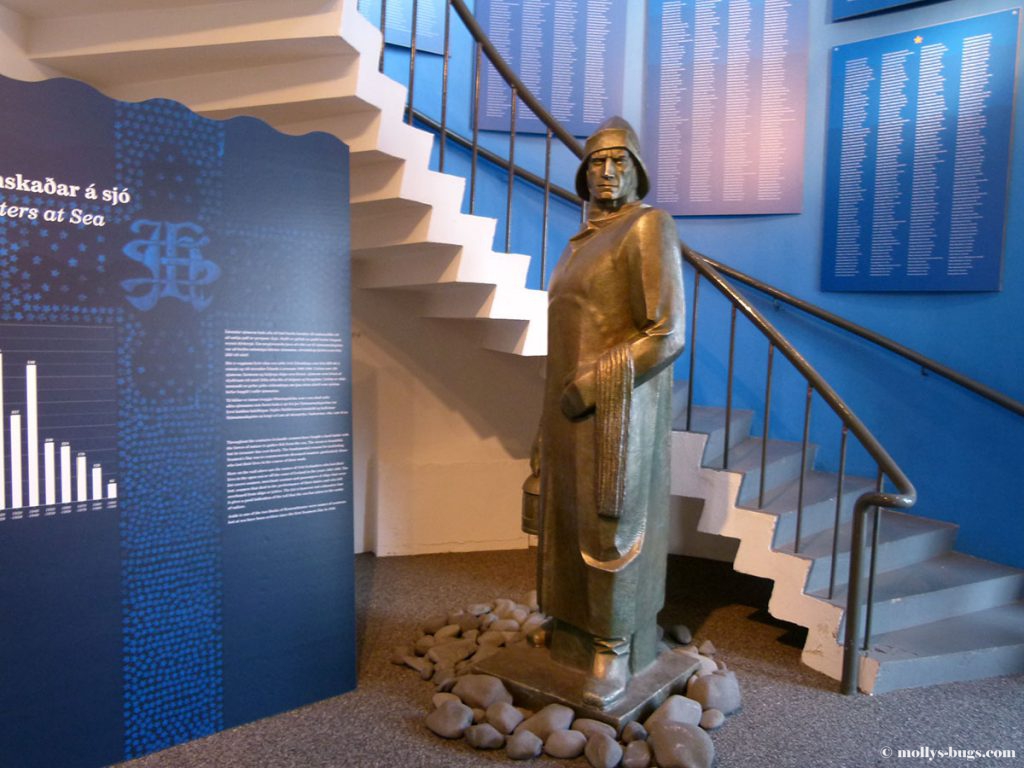
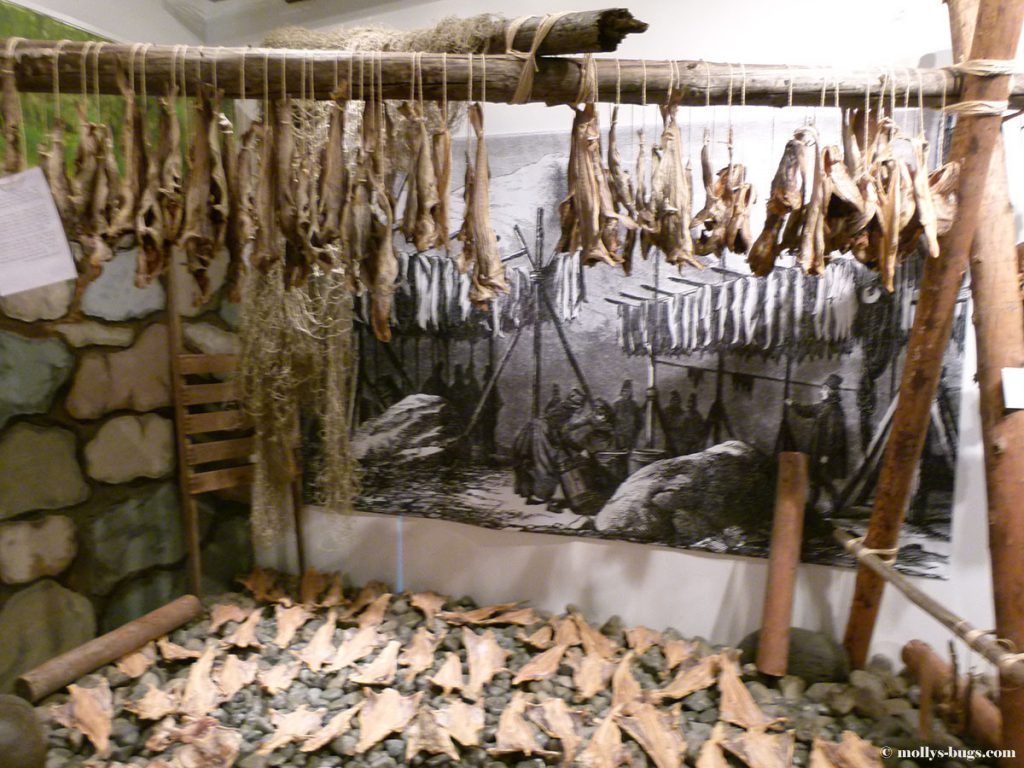
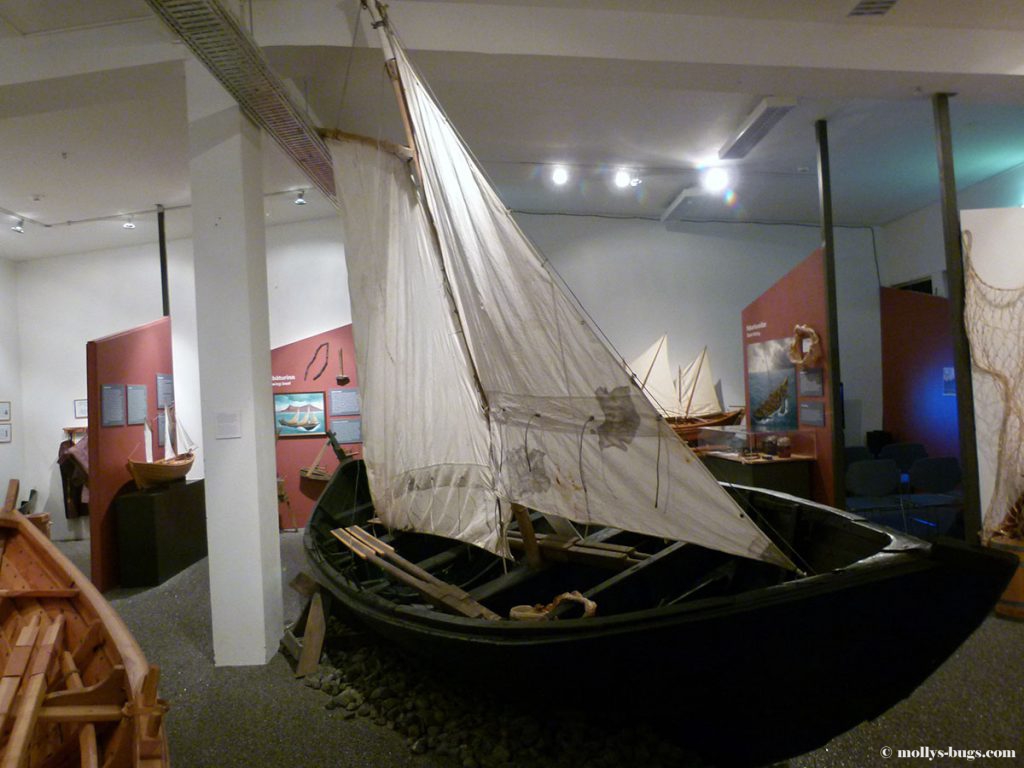
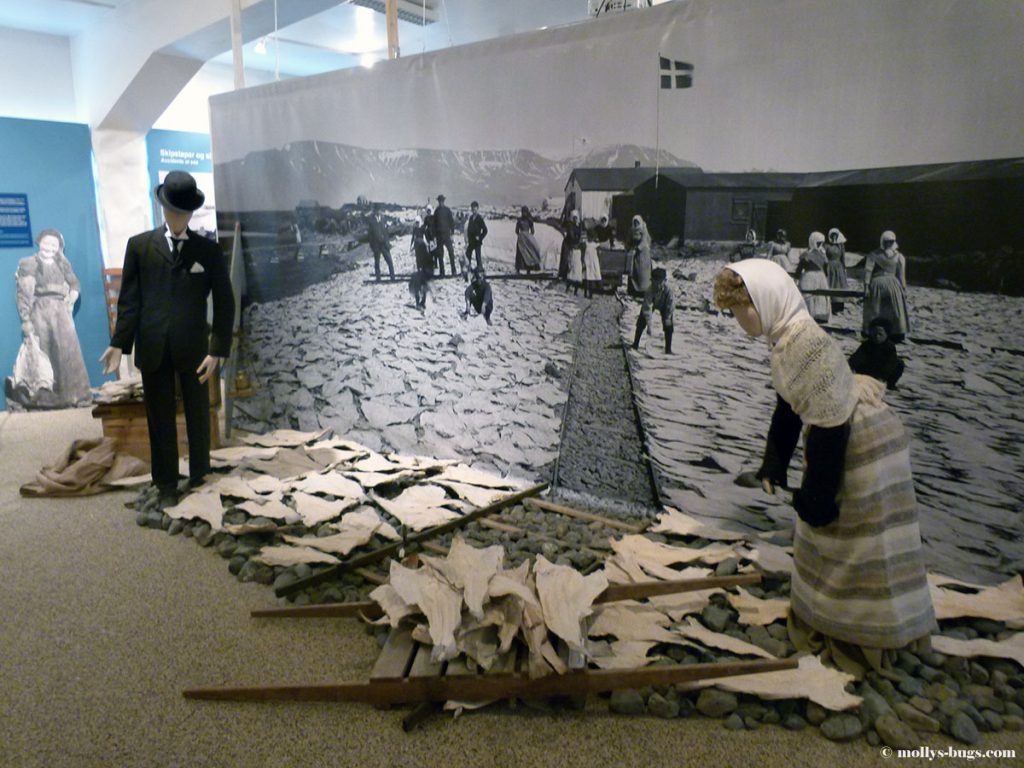
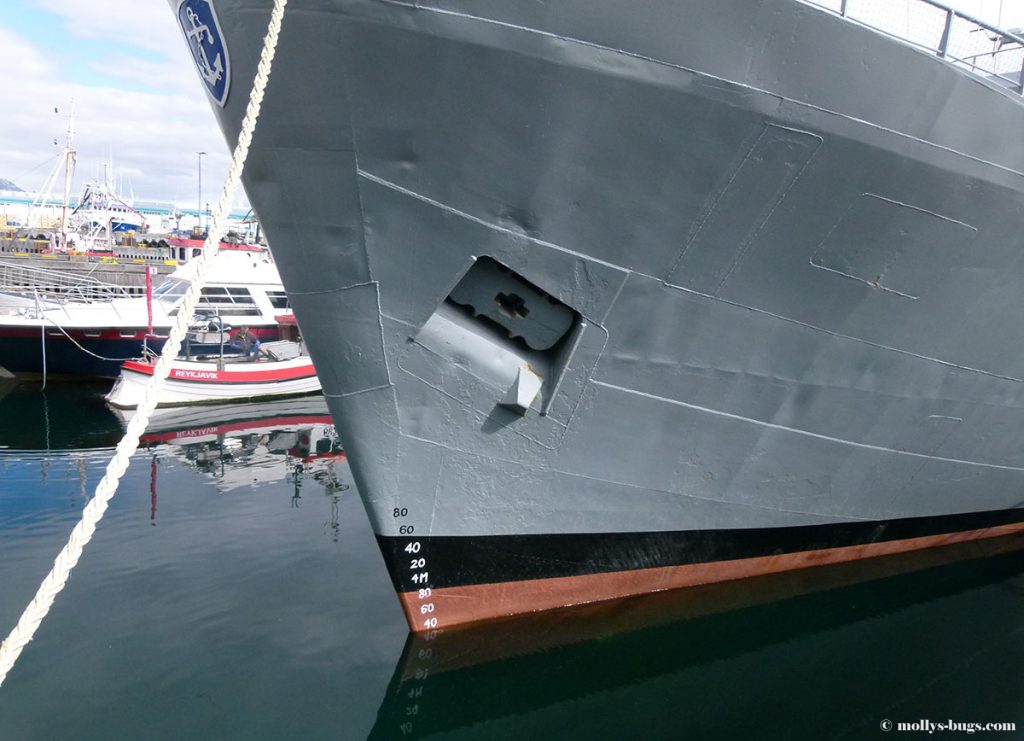
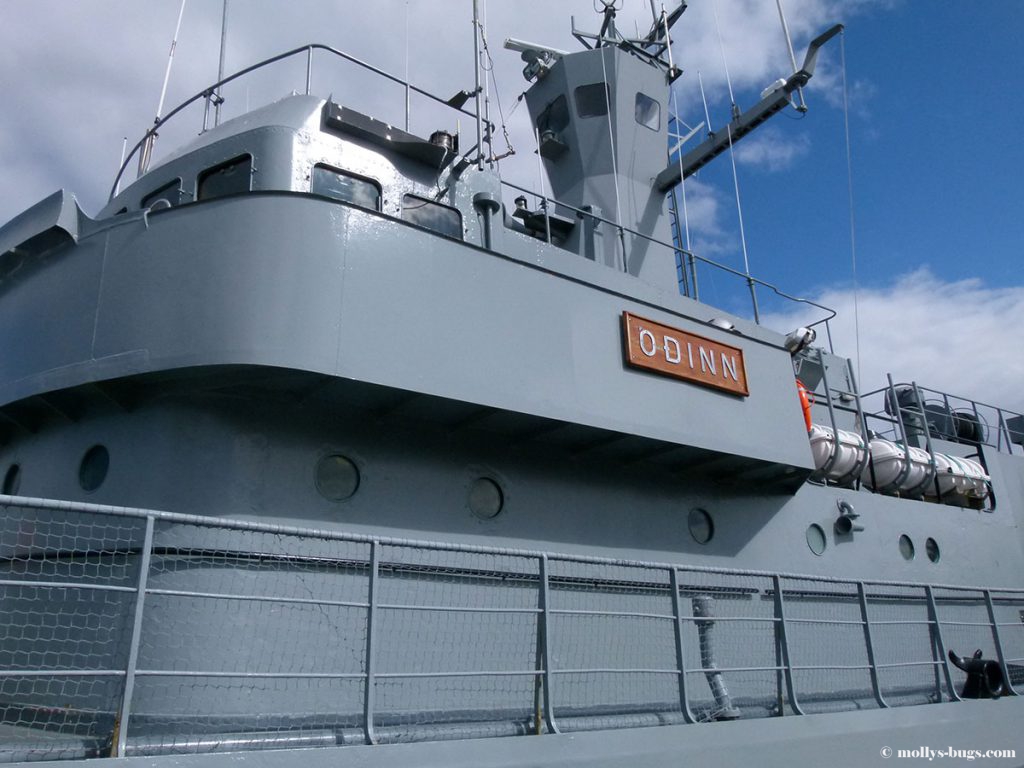
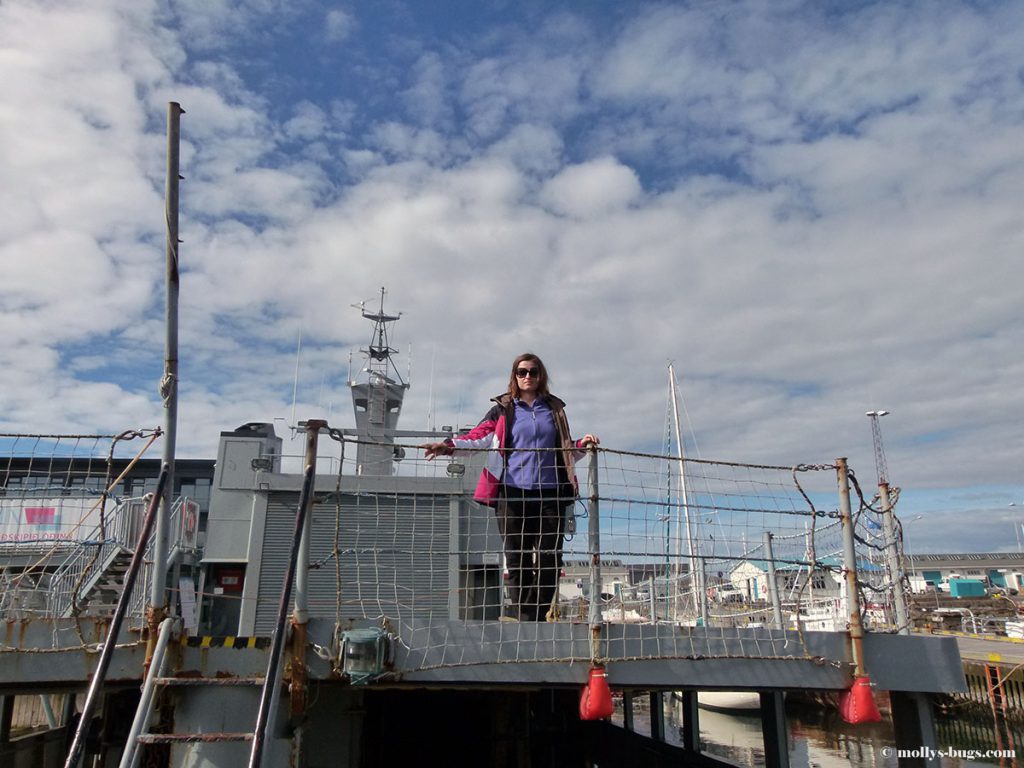
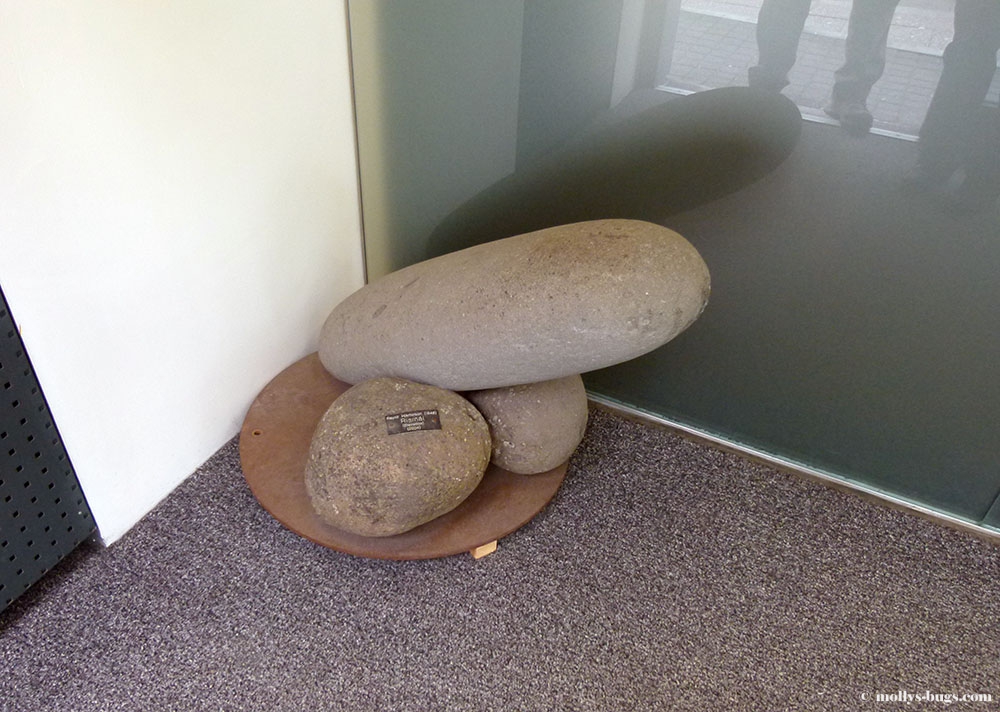
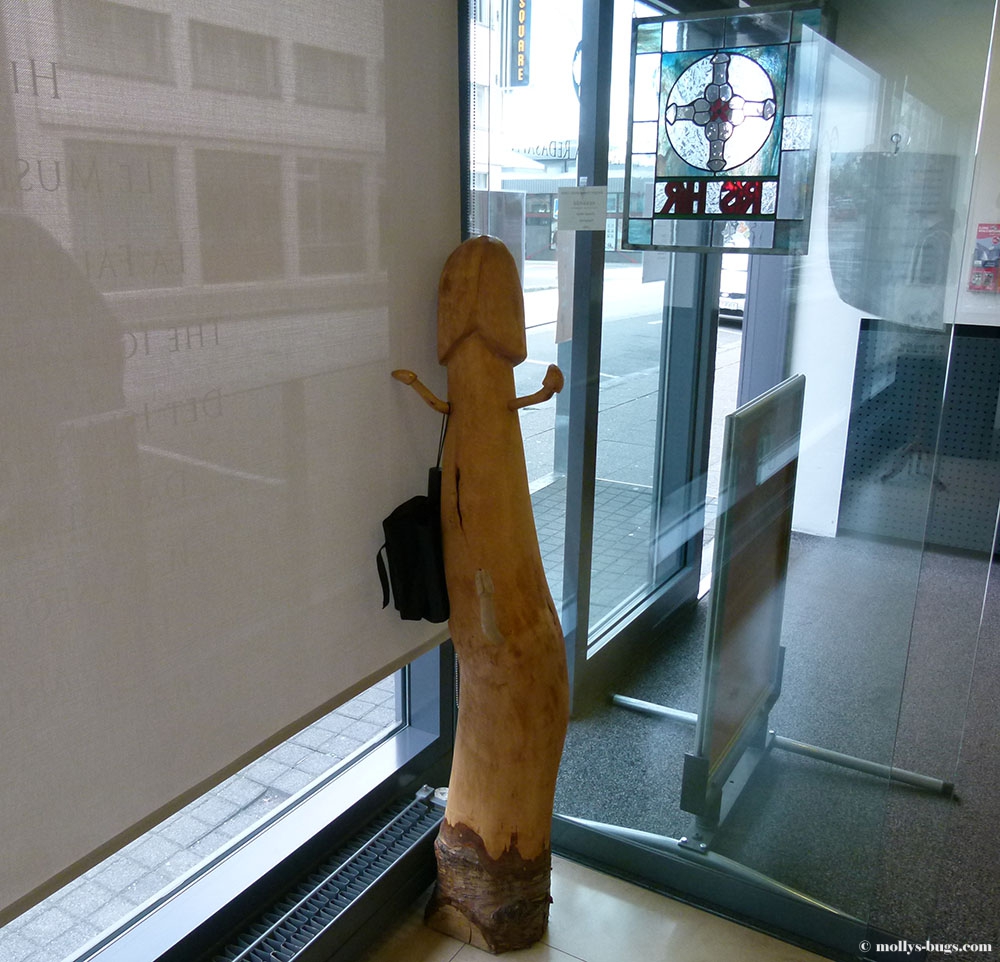
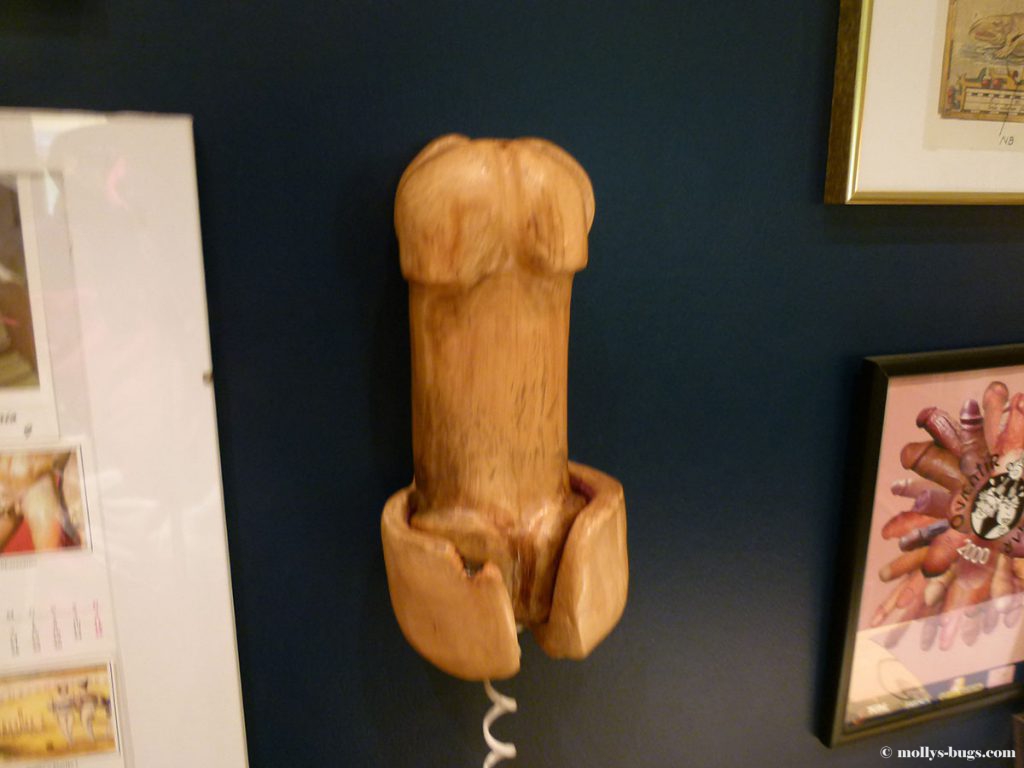
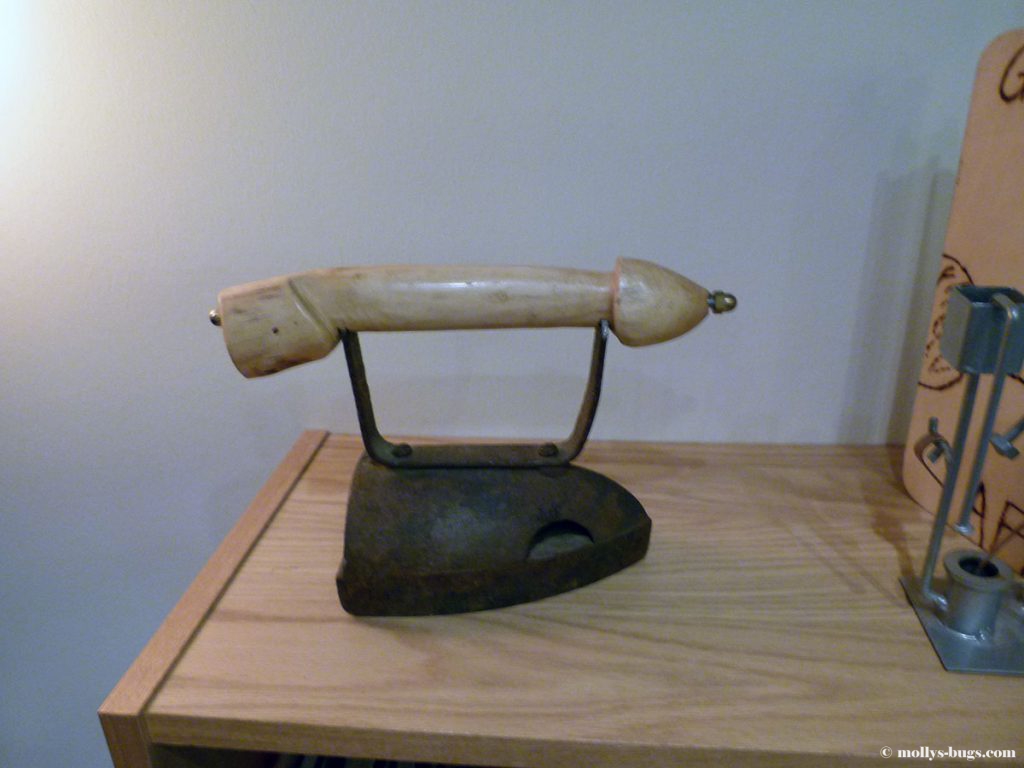
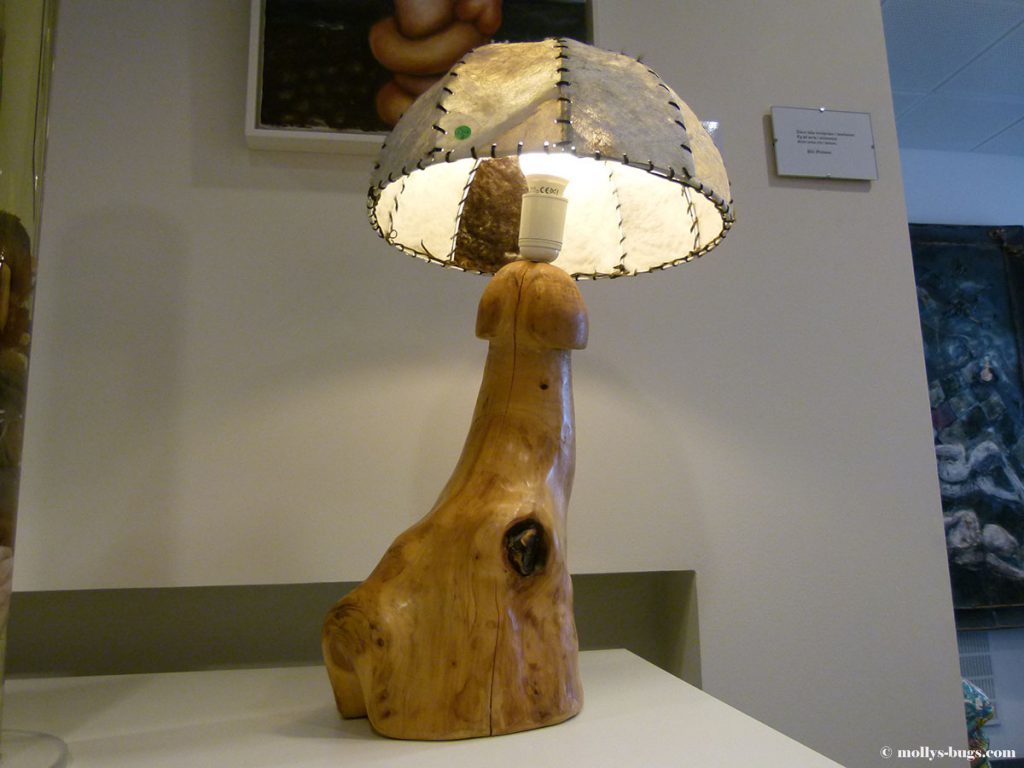
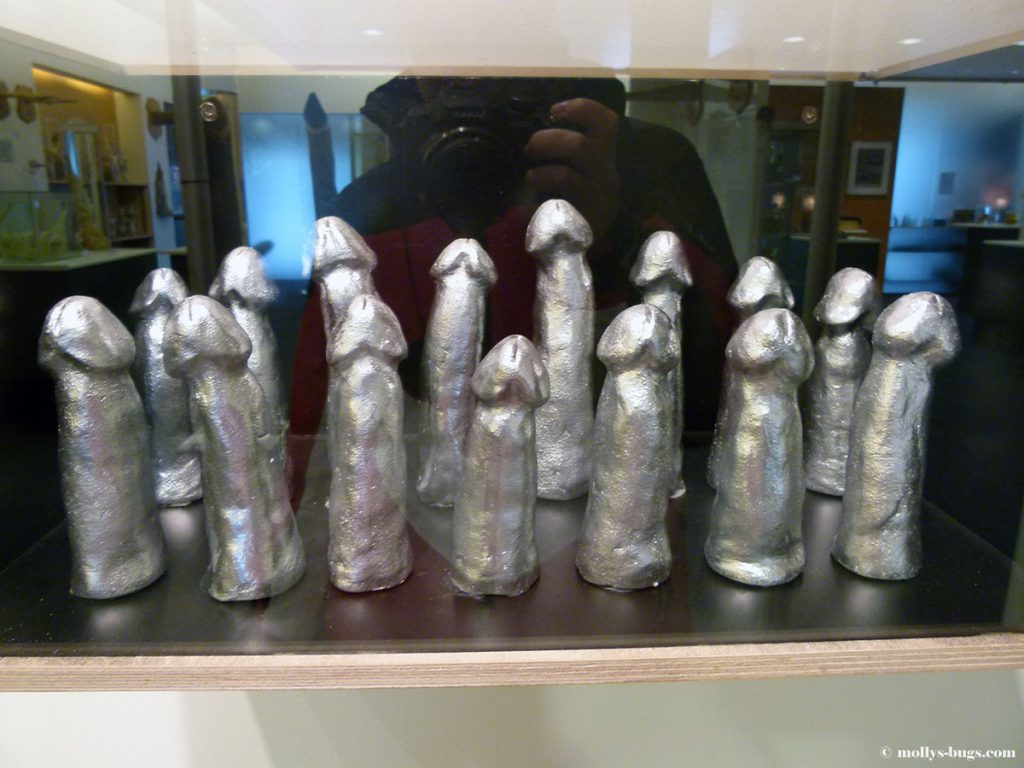
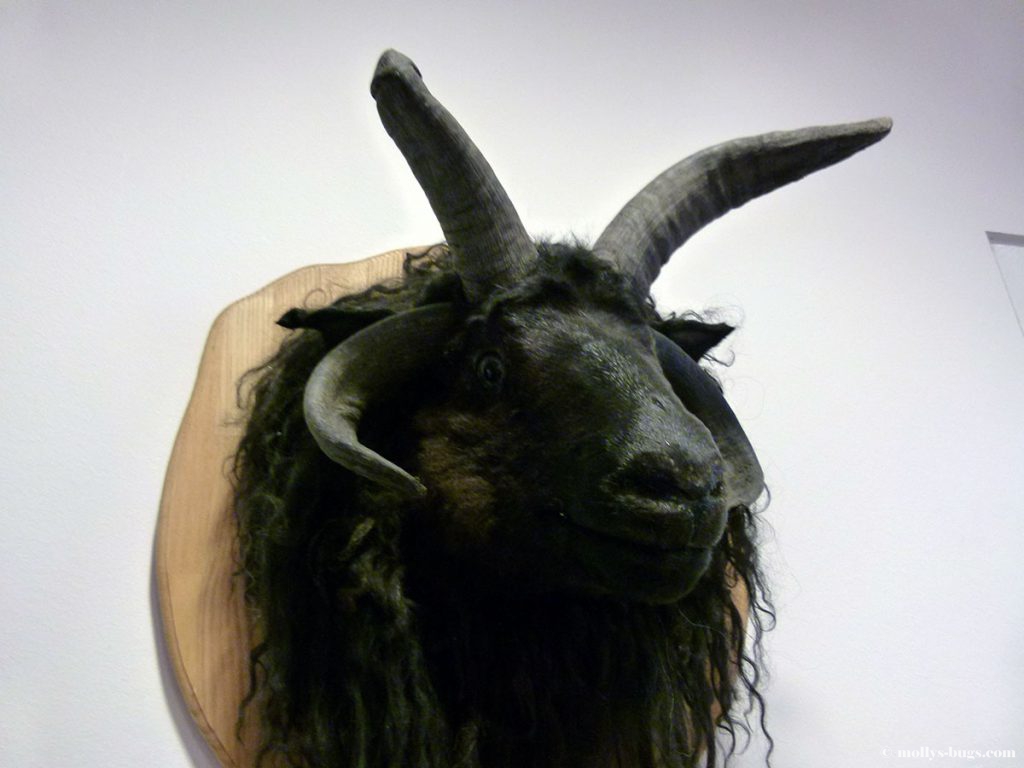
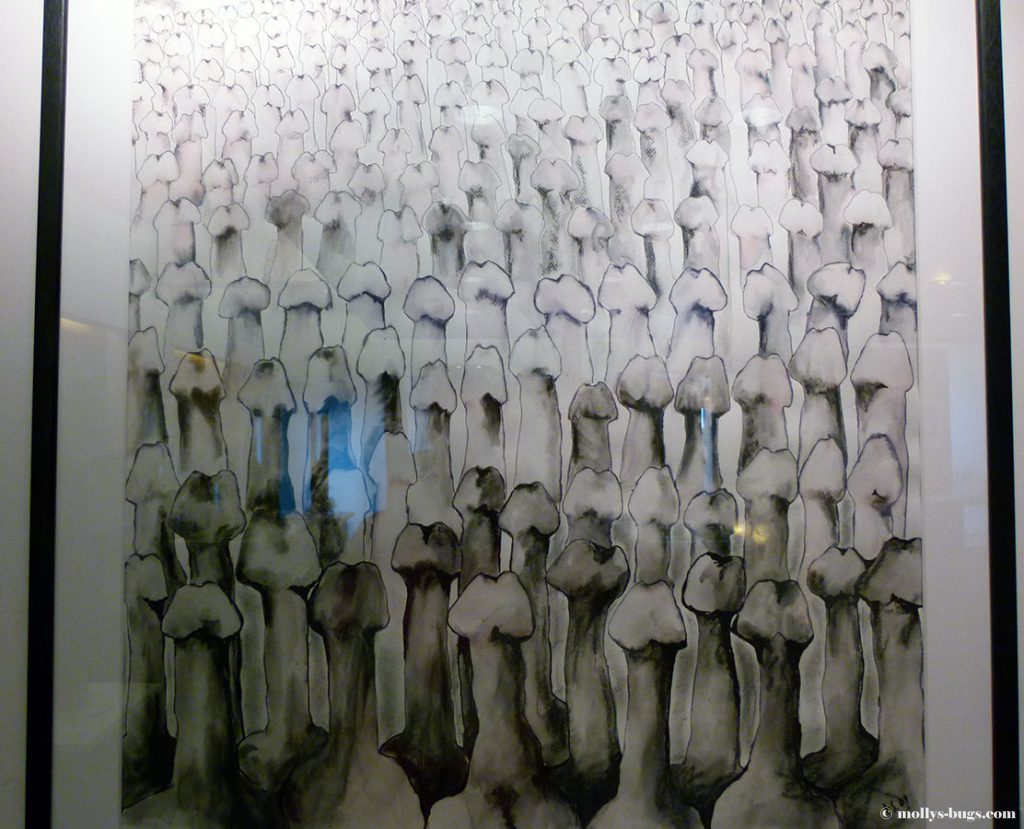
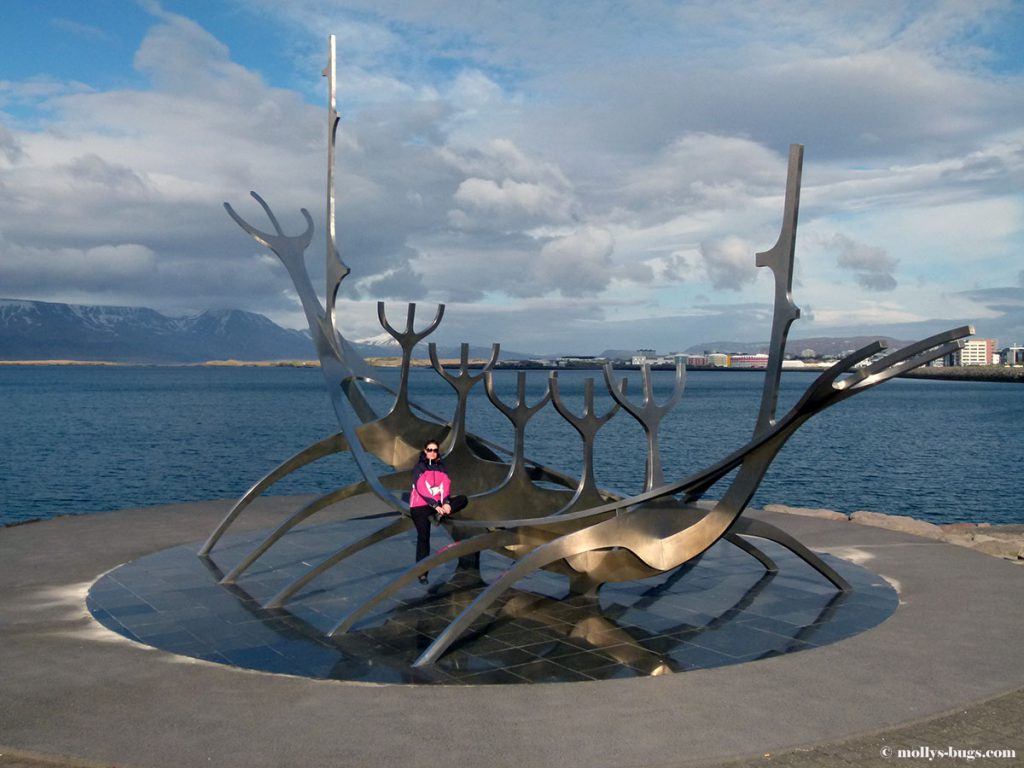
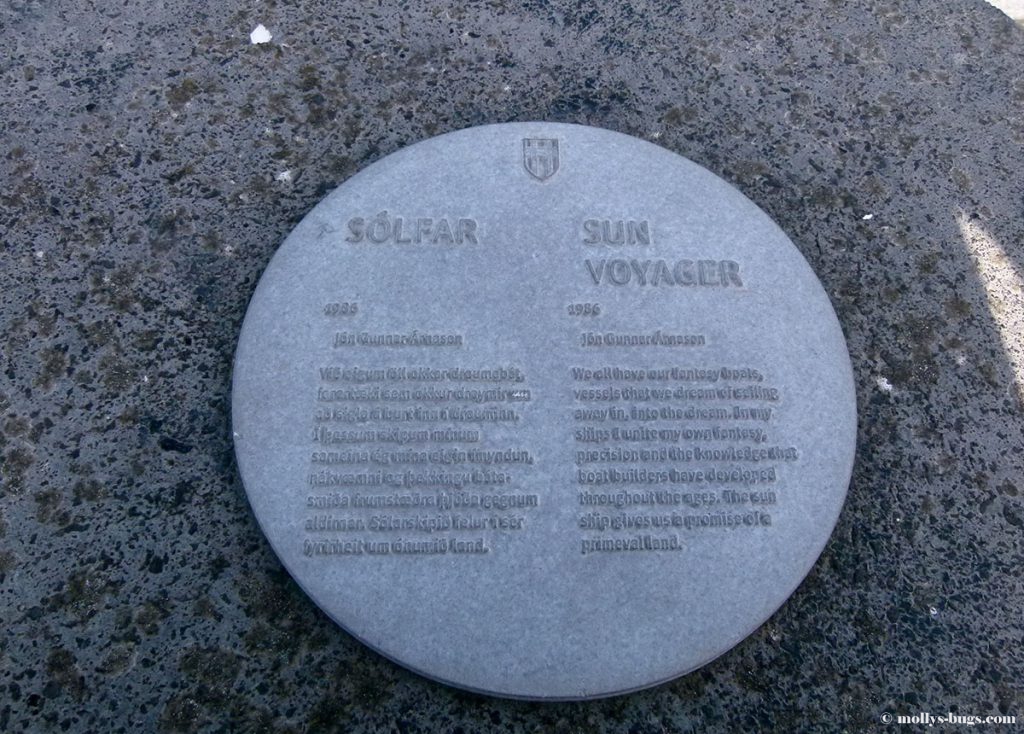
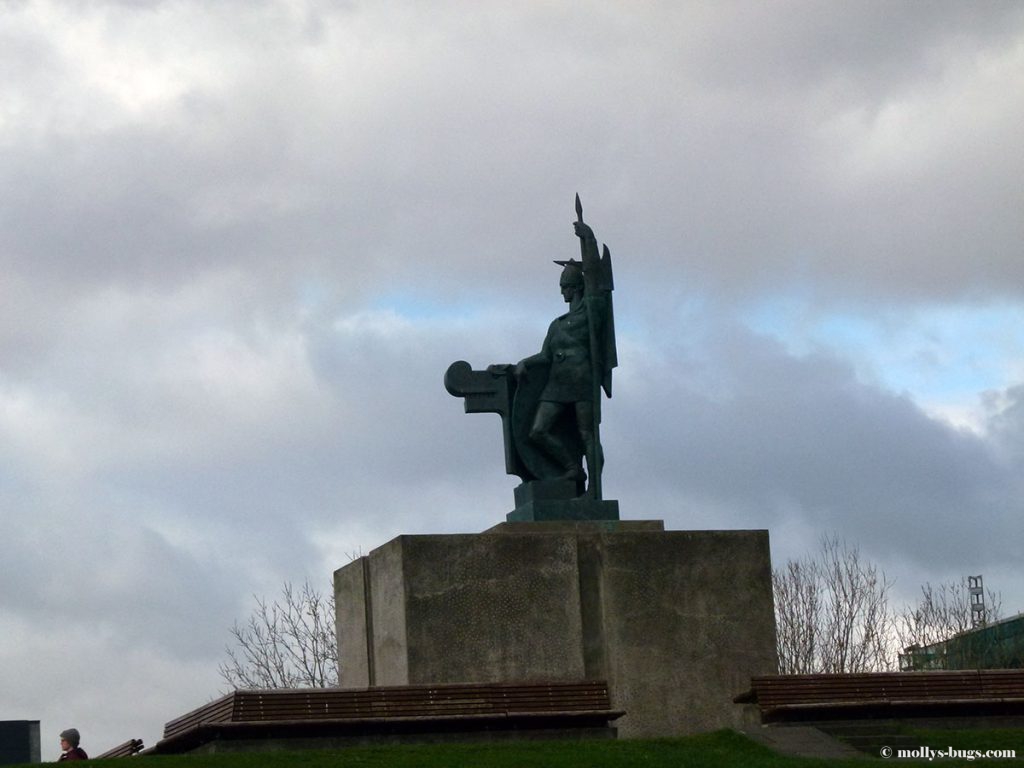






Leave a Reply